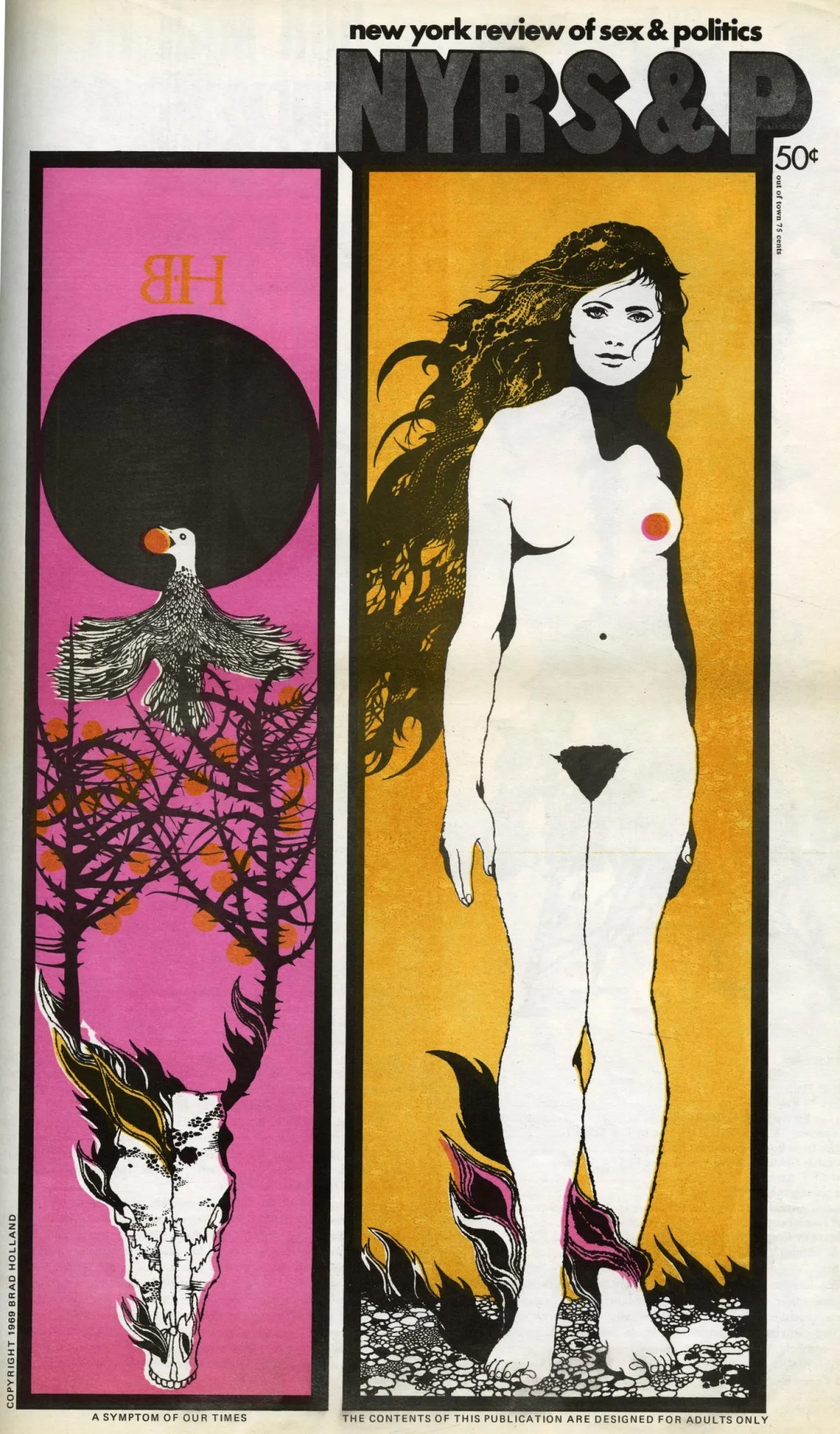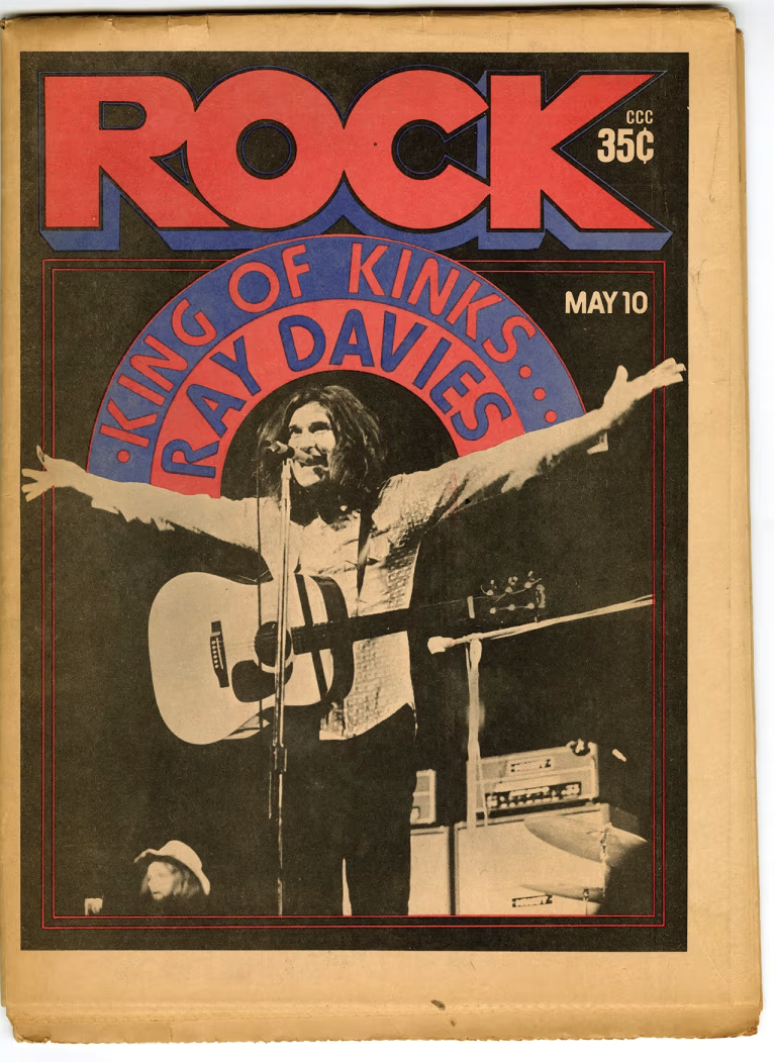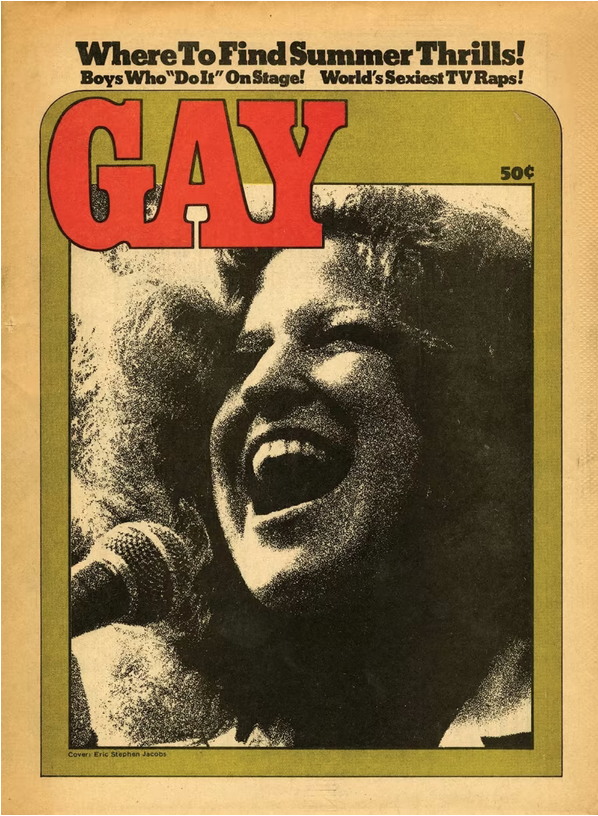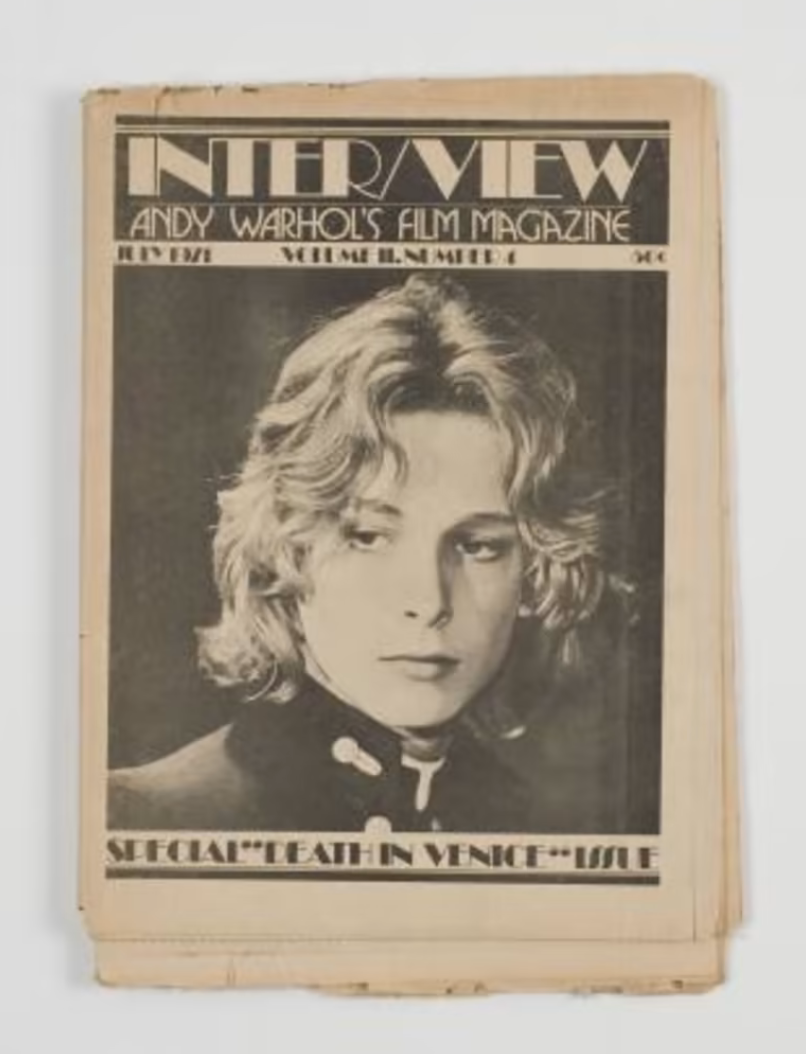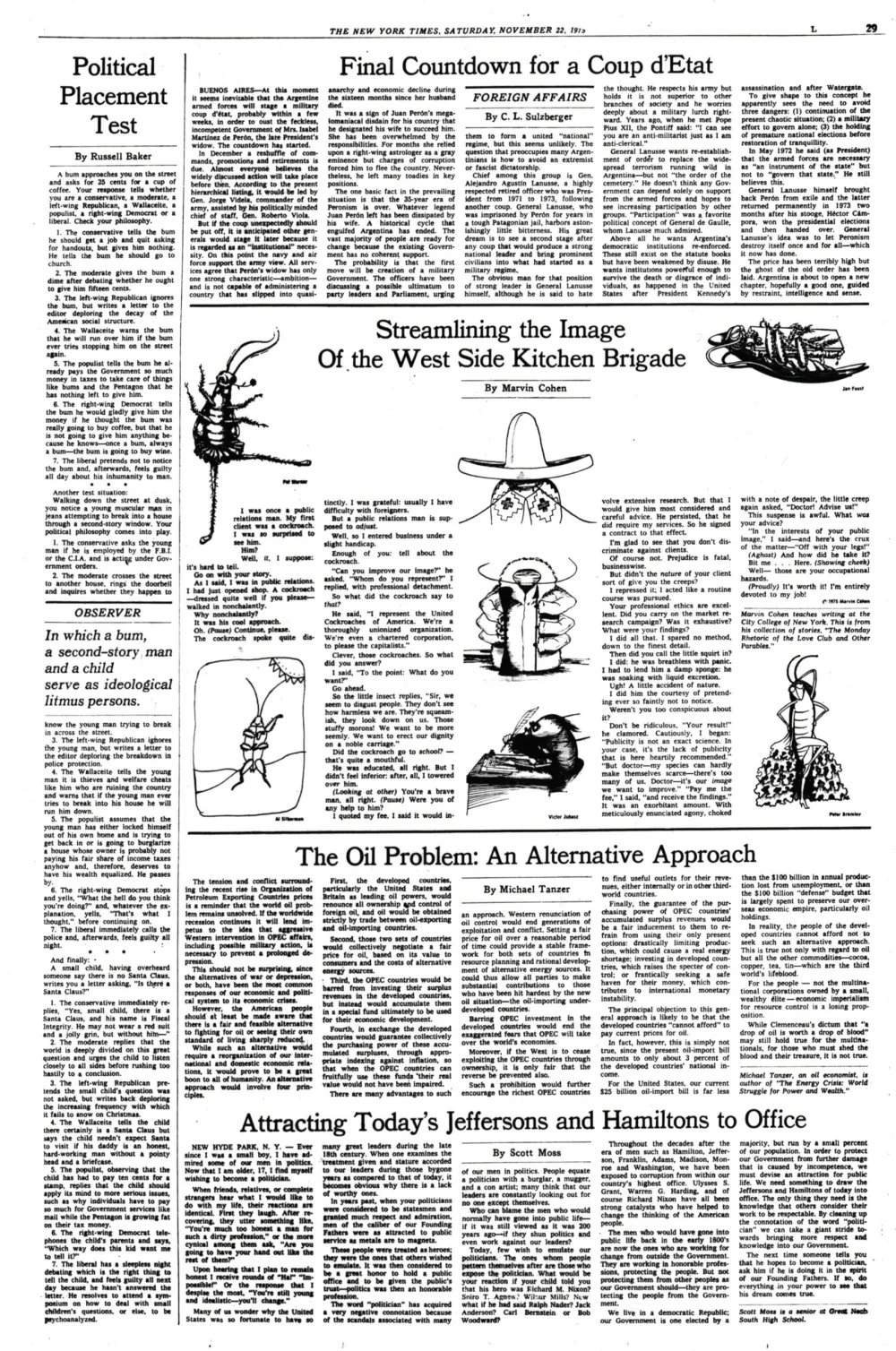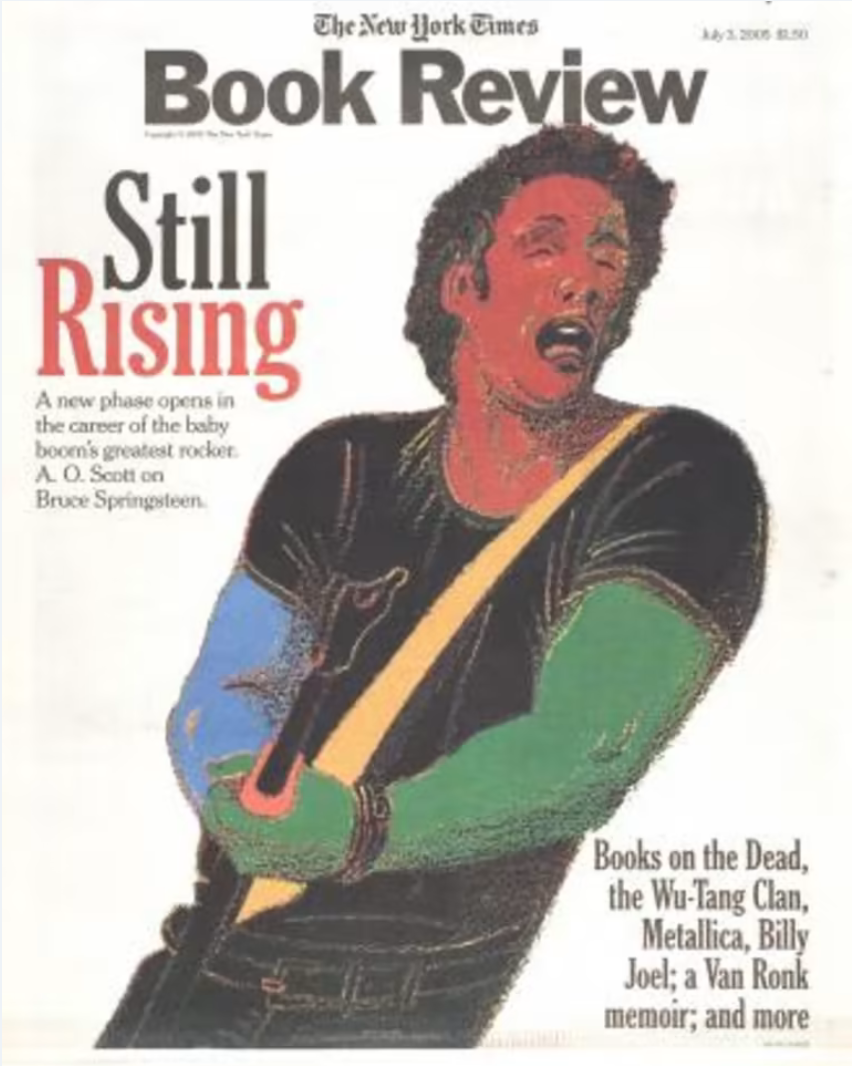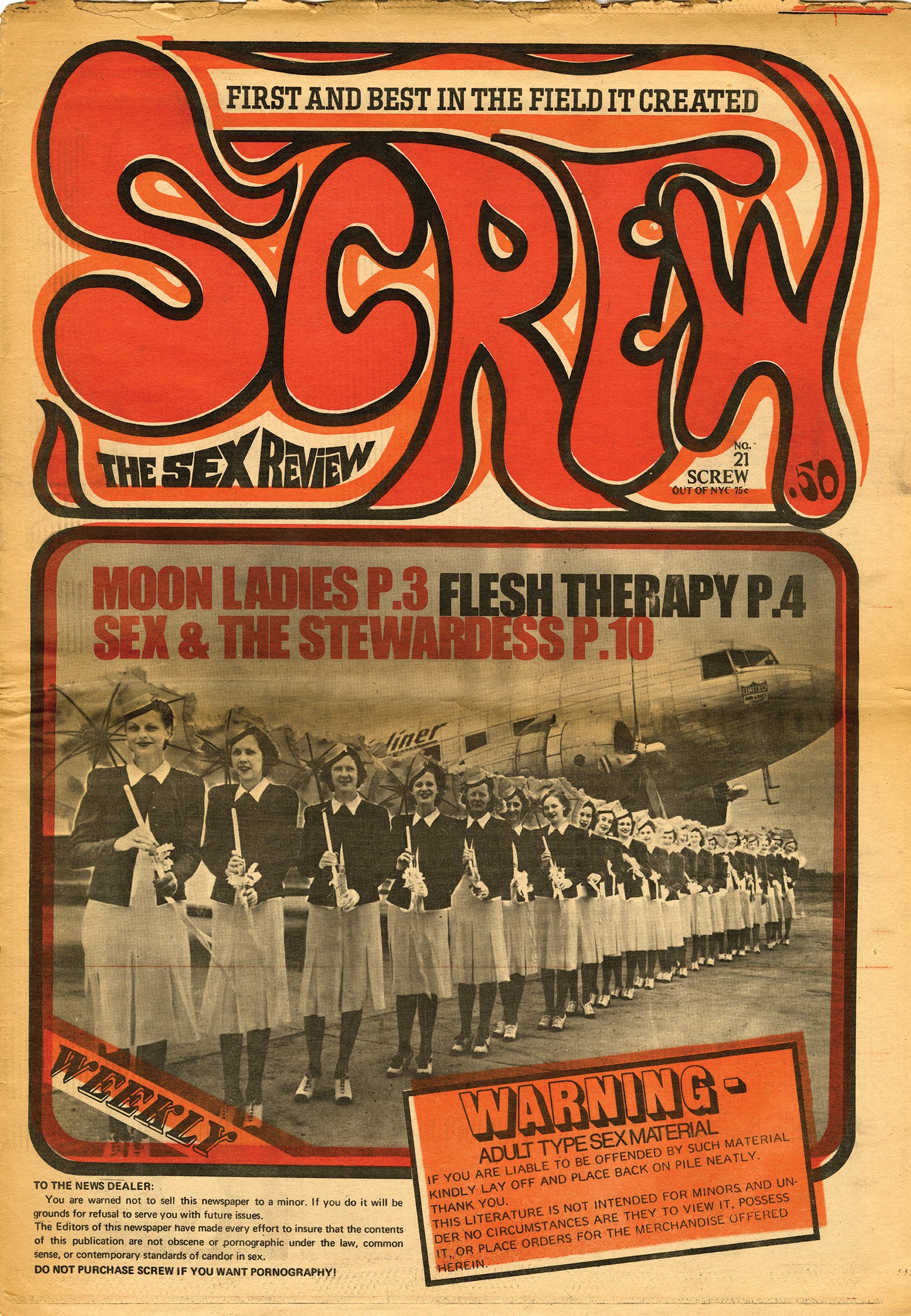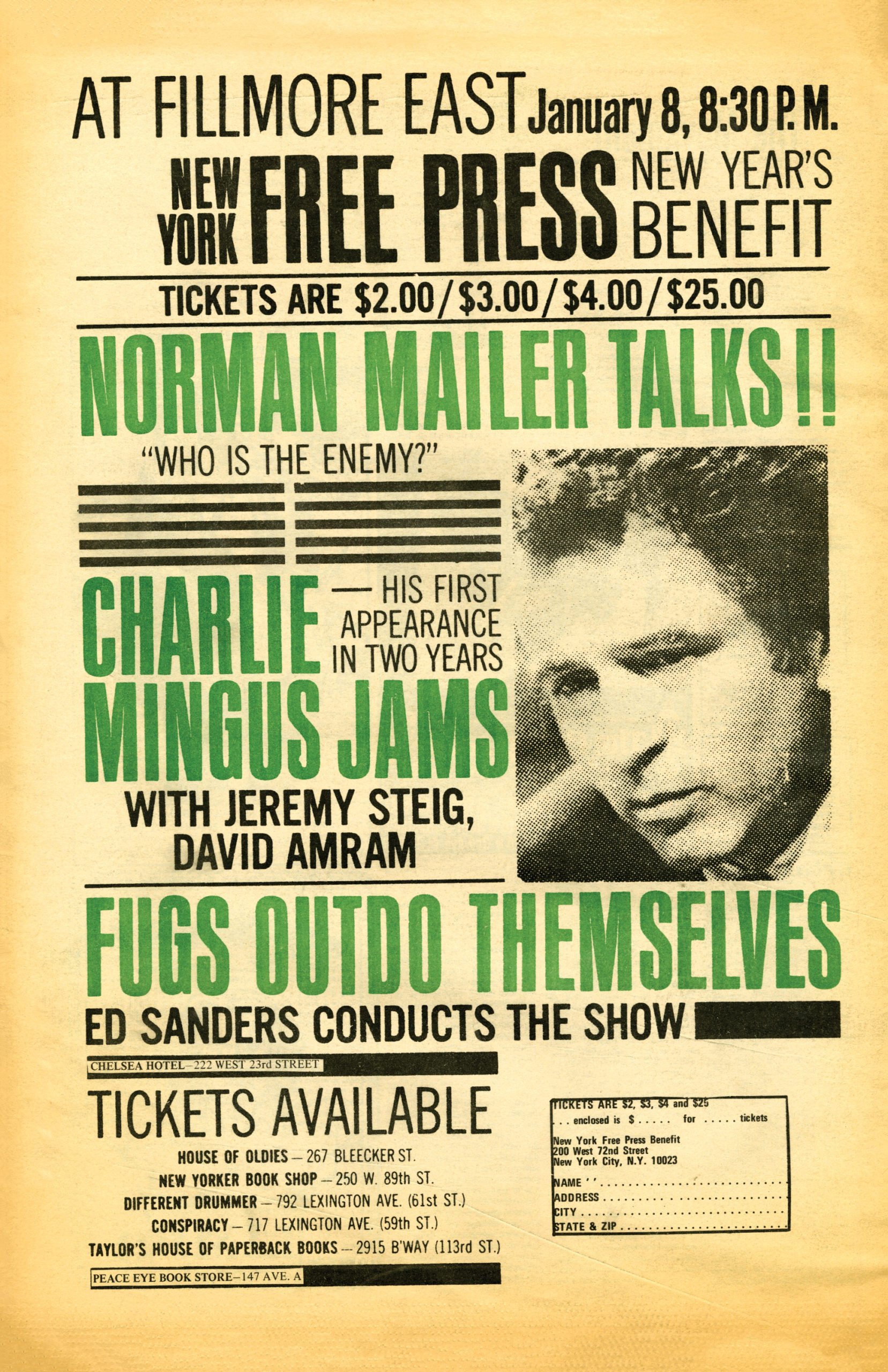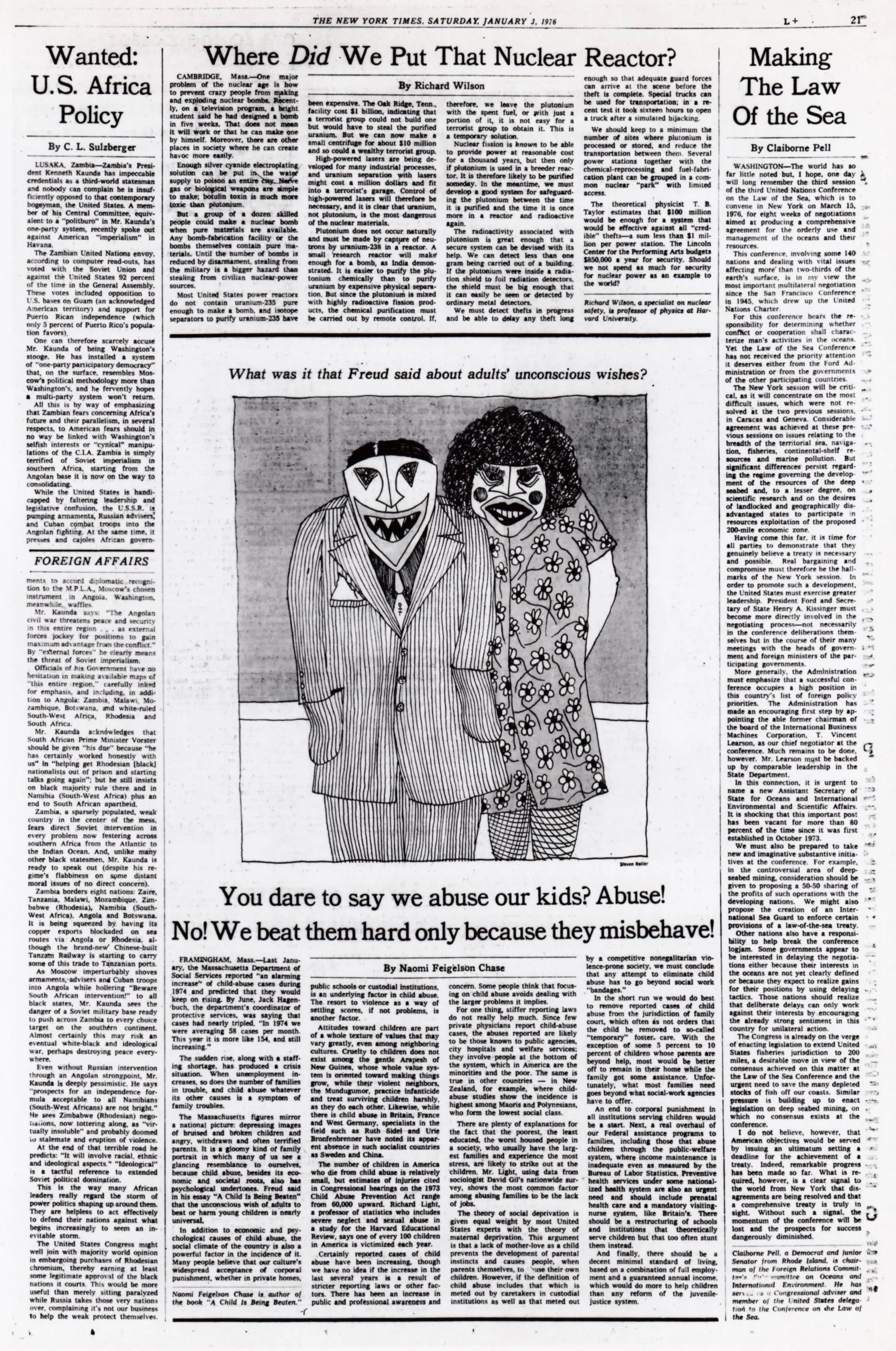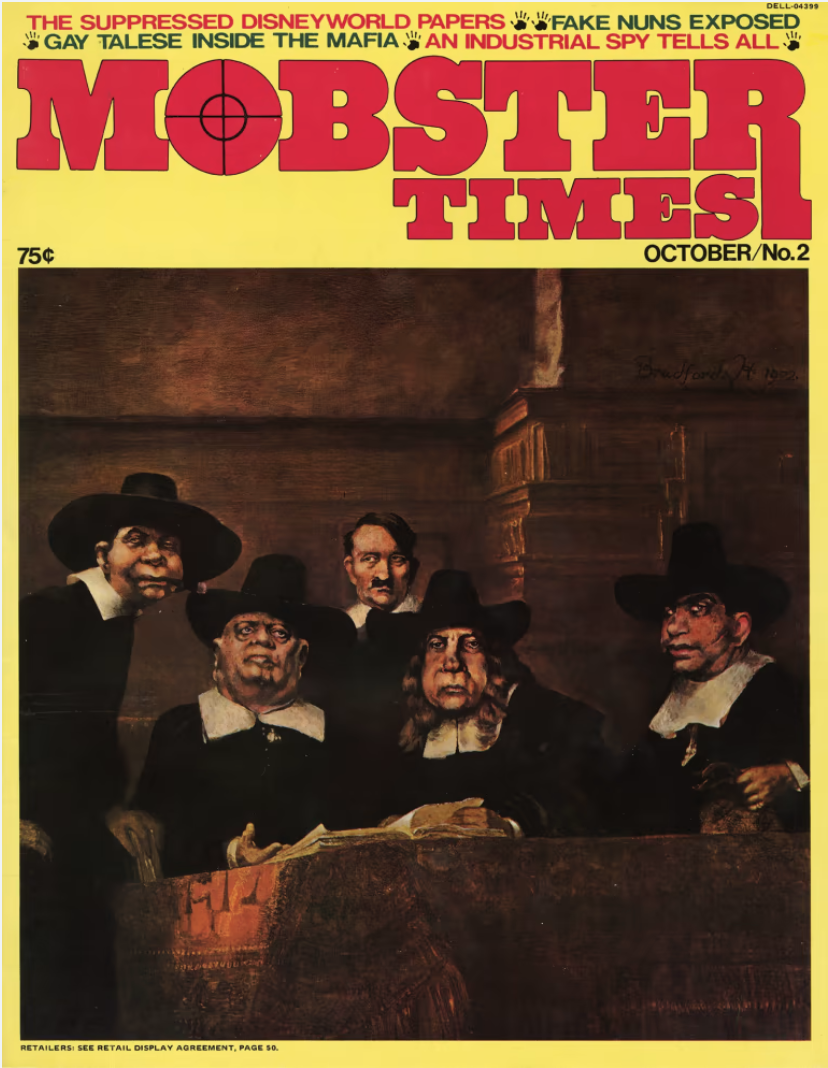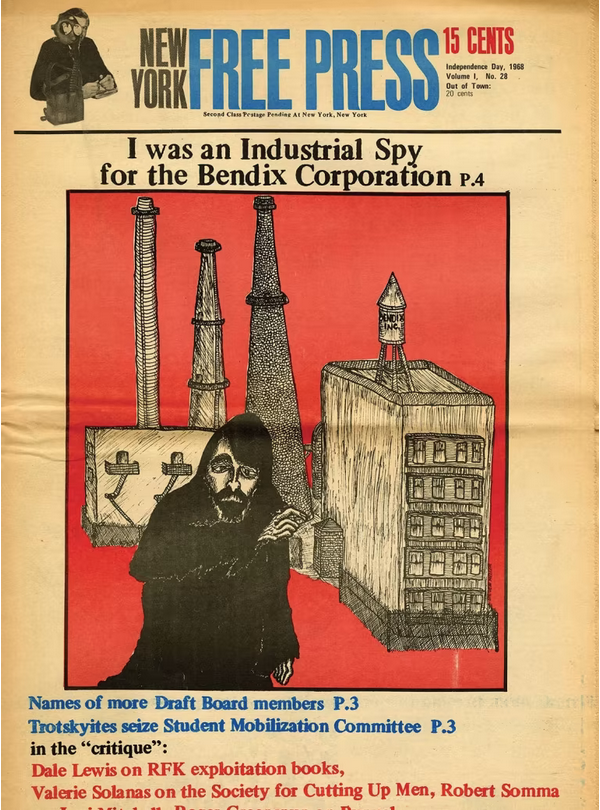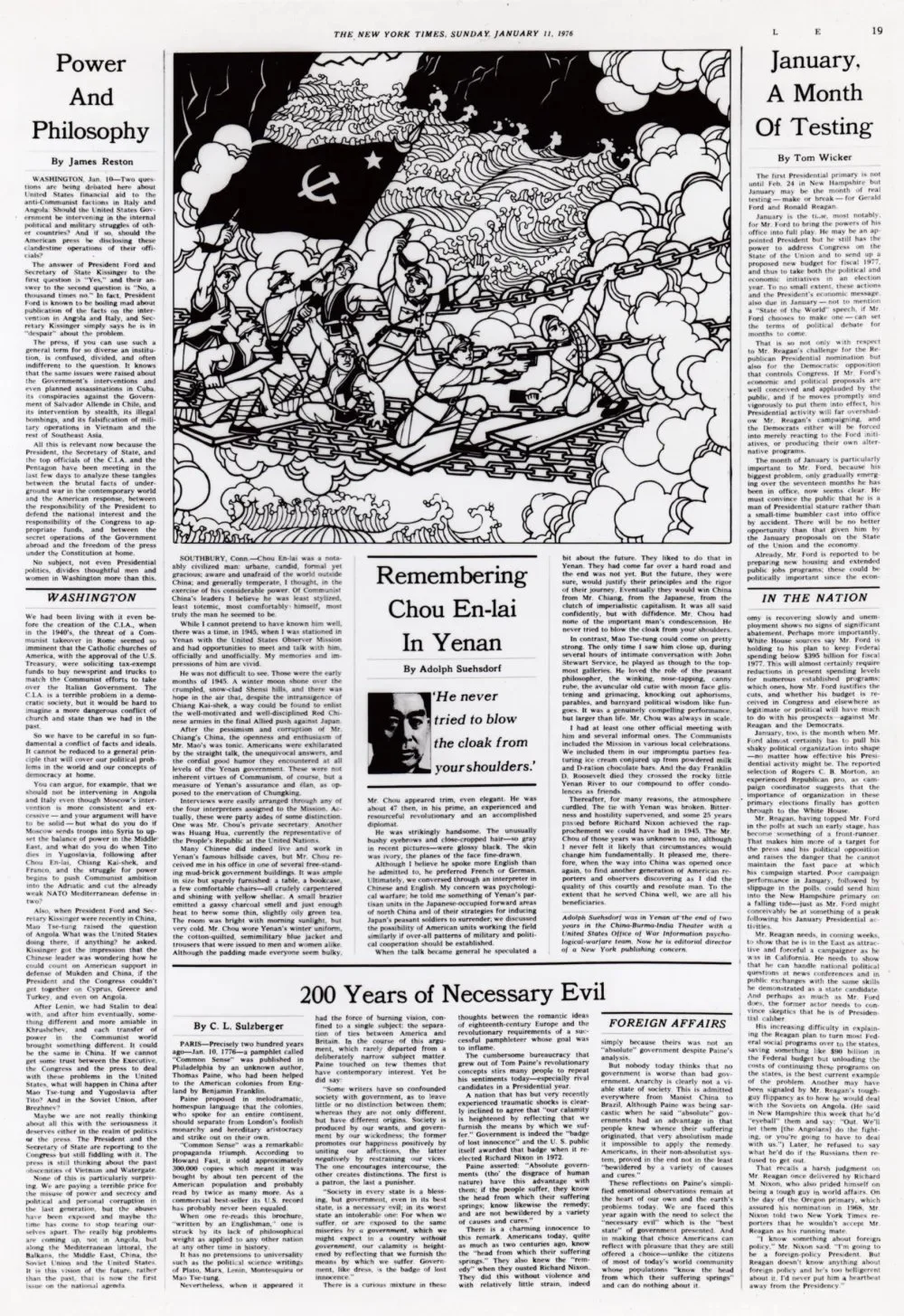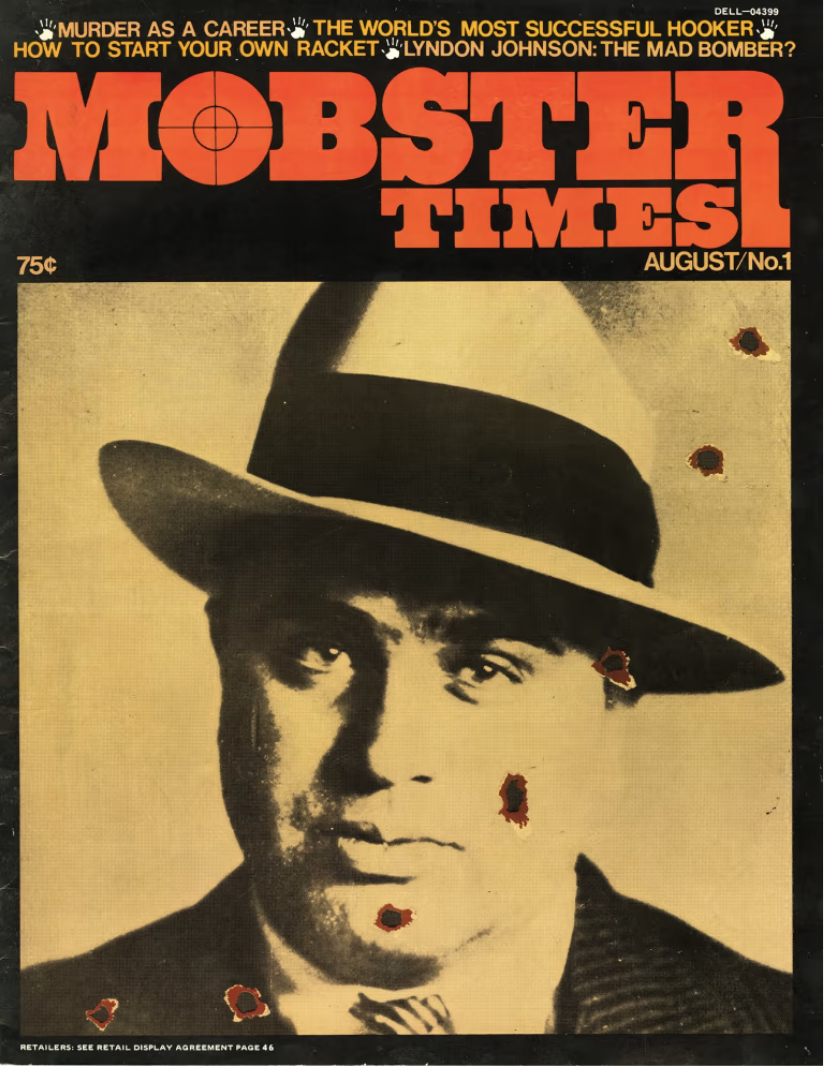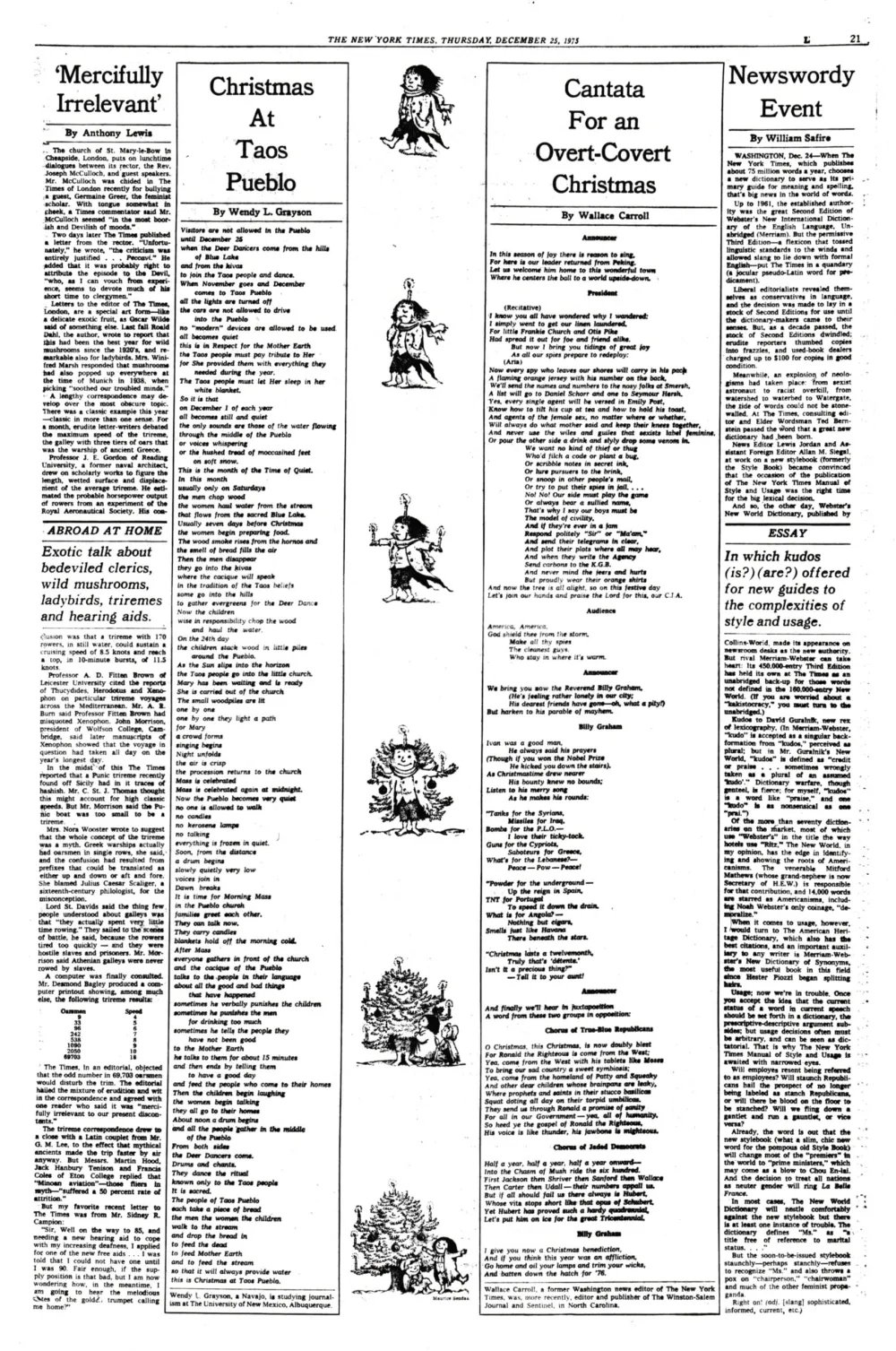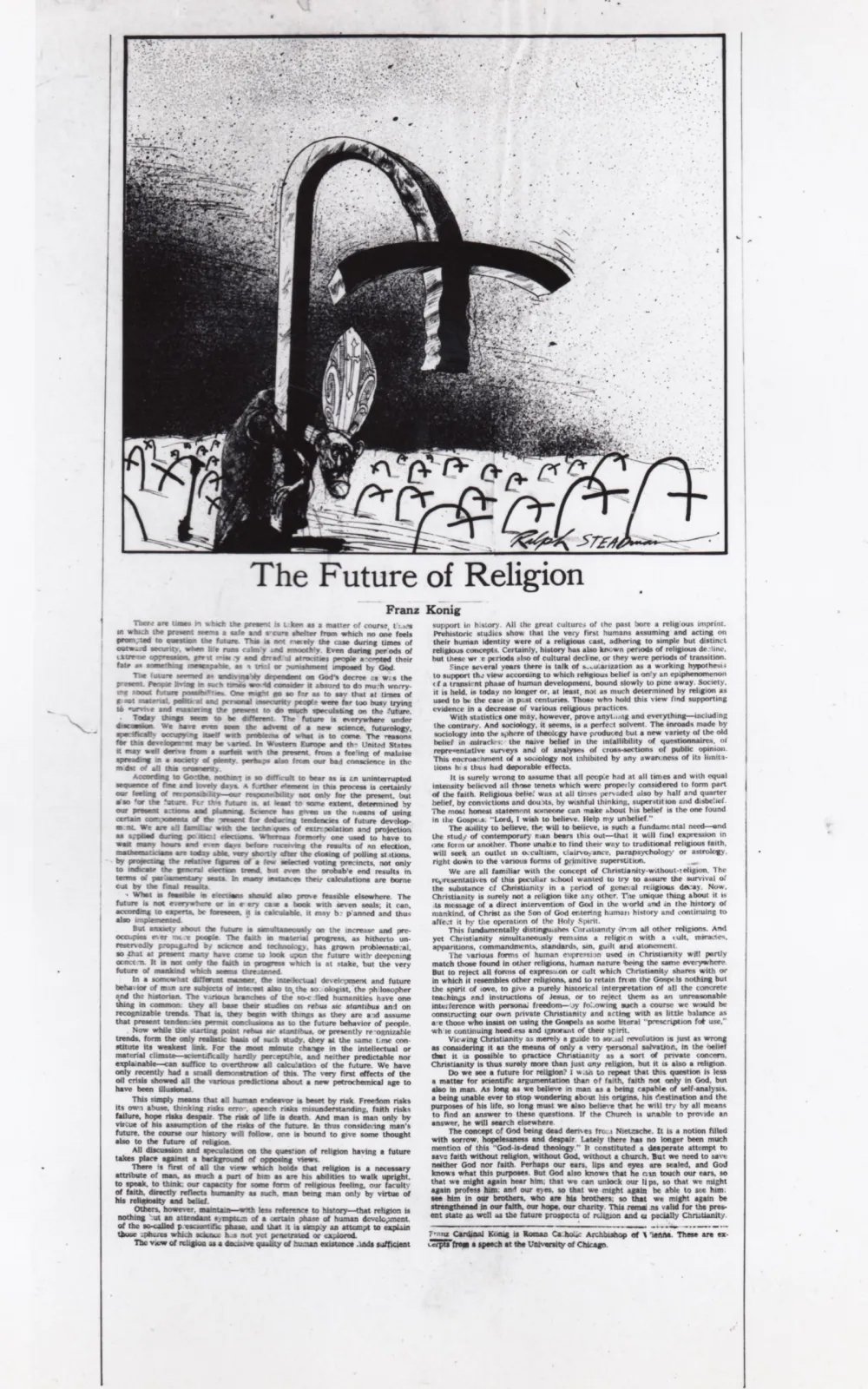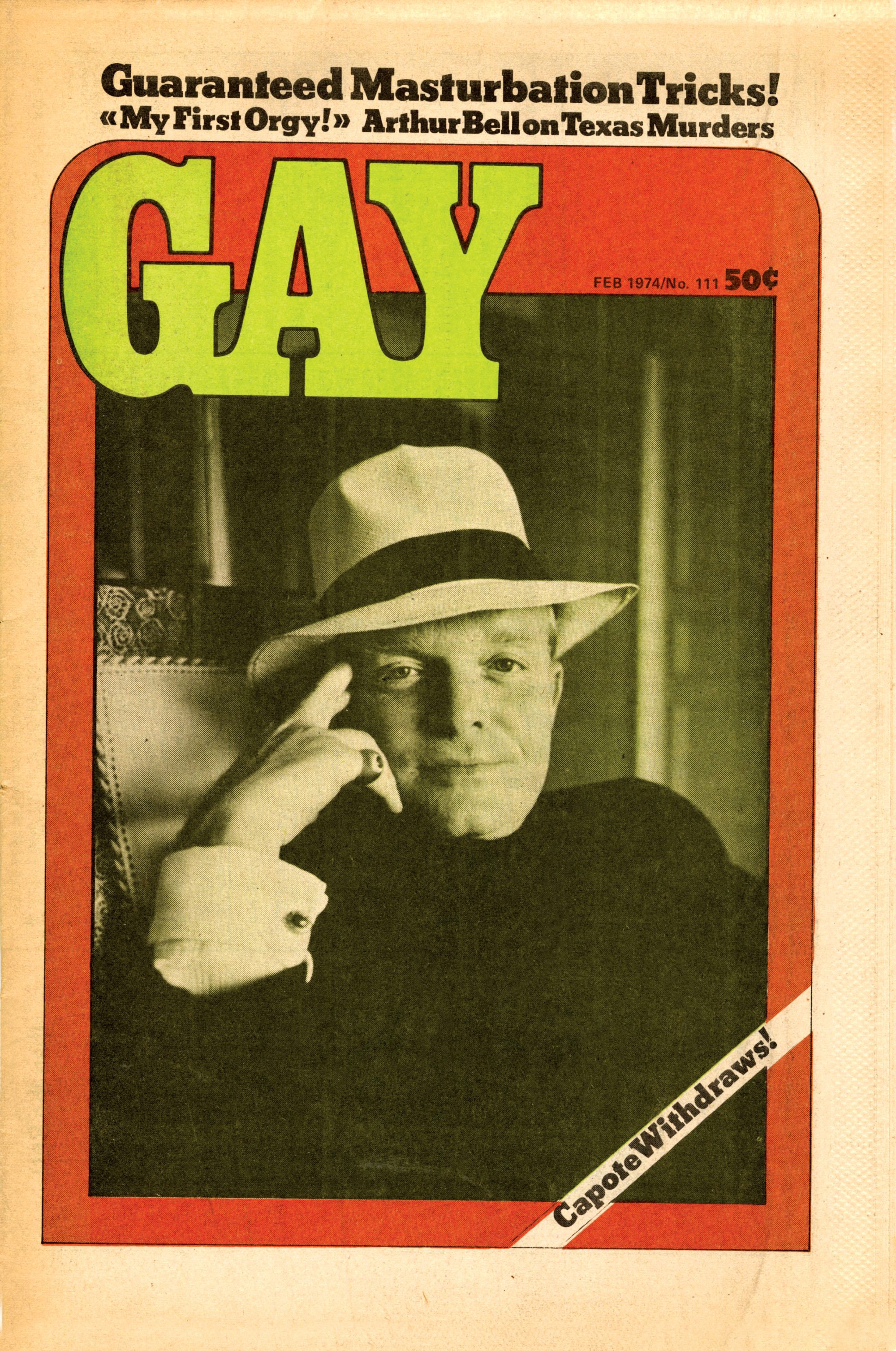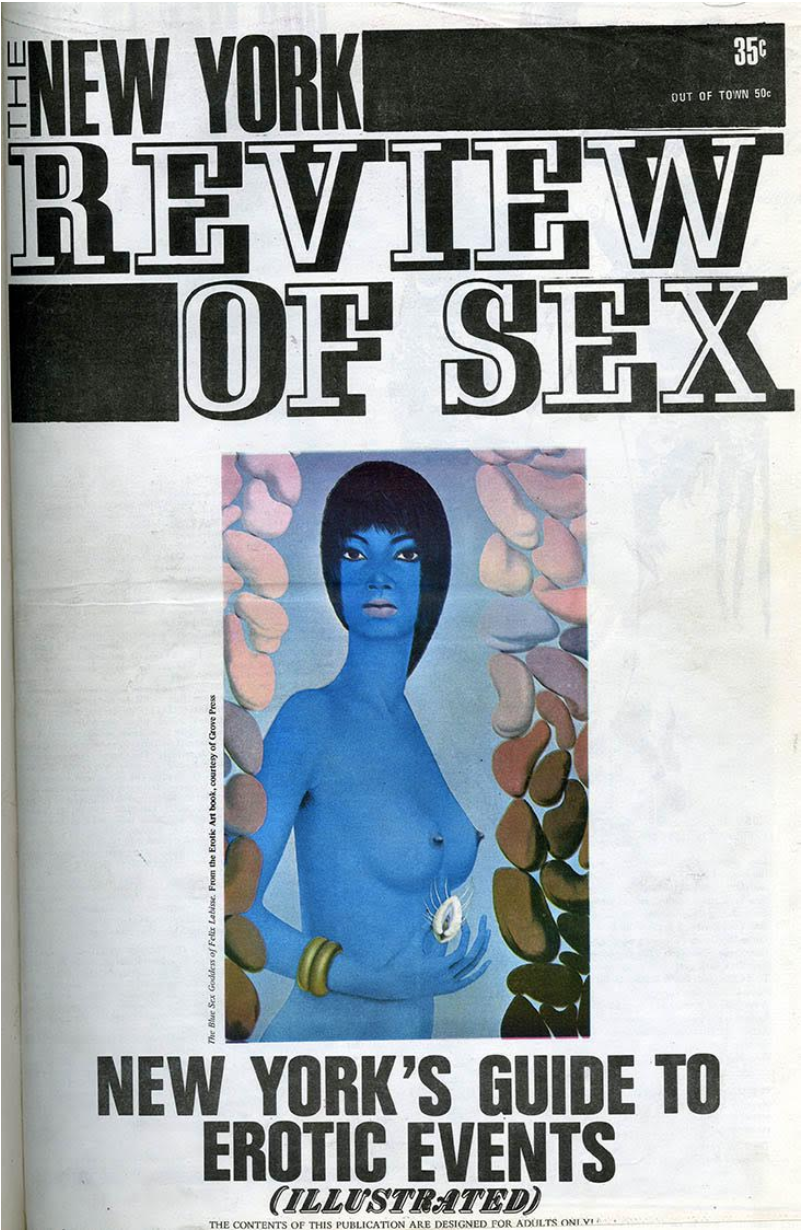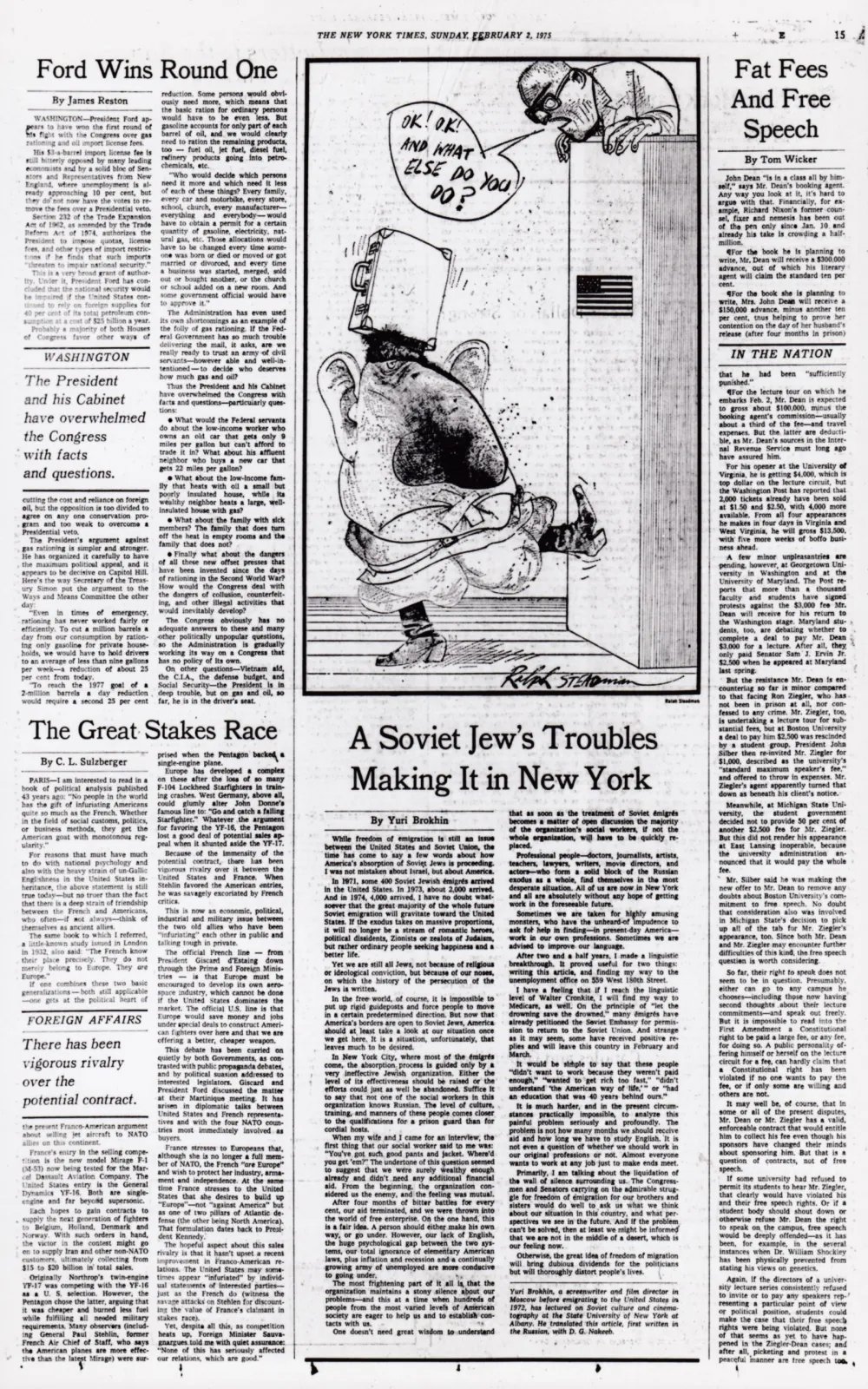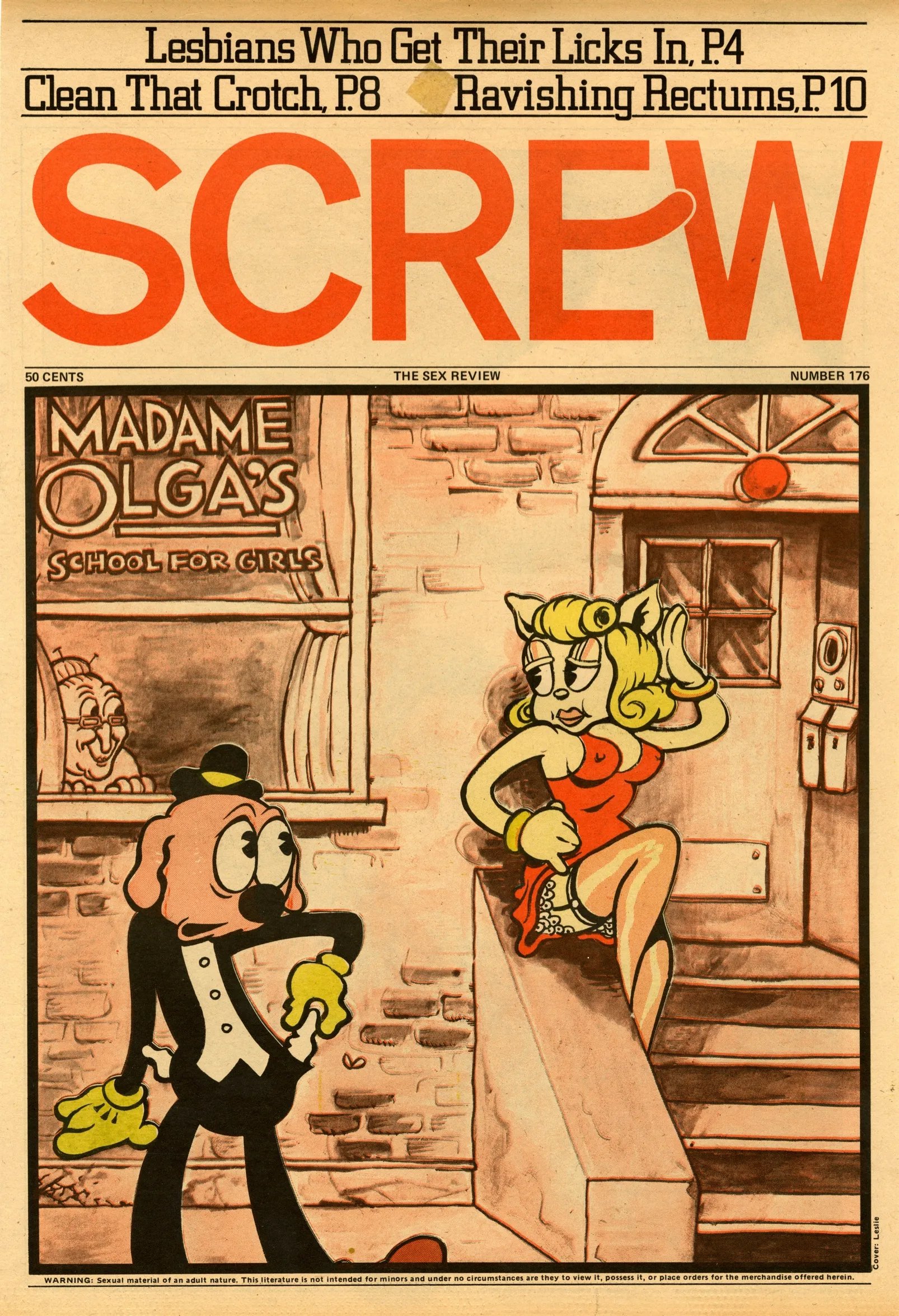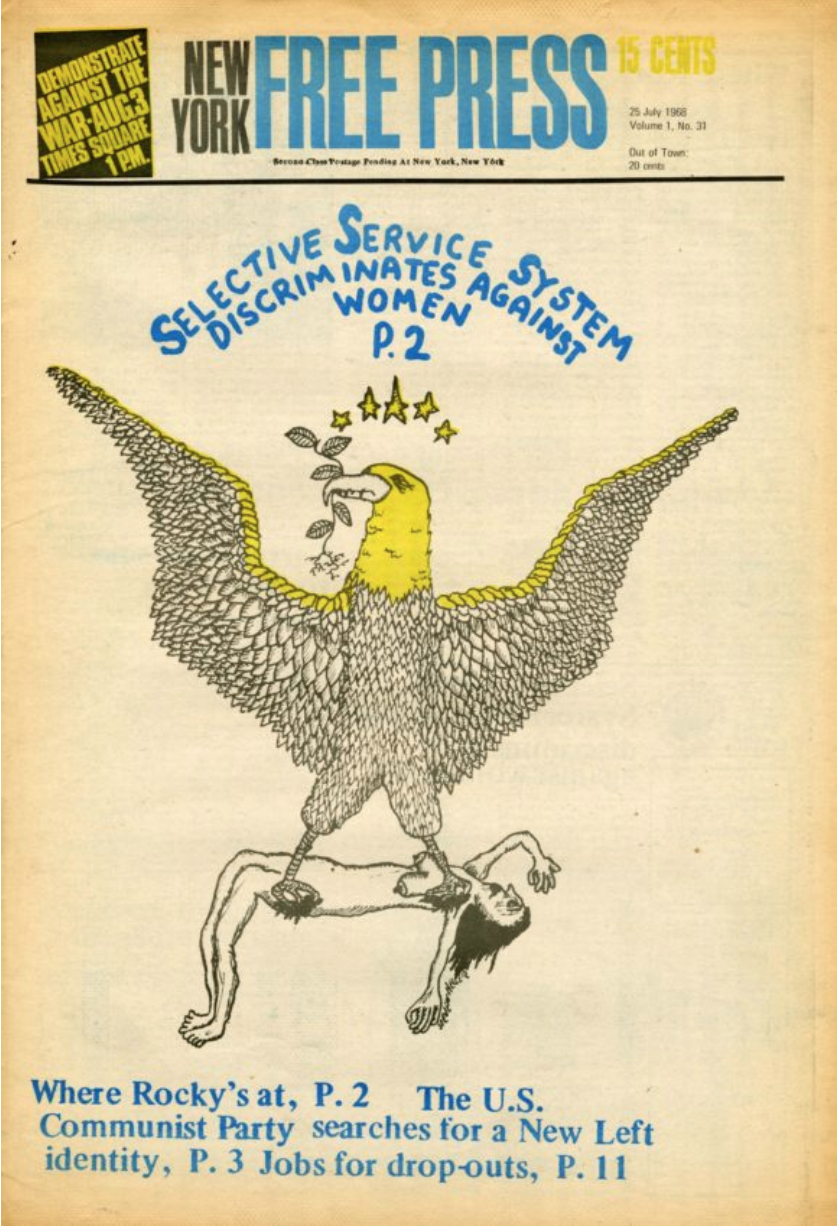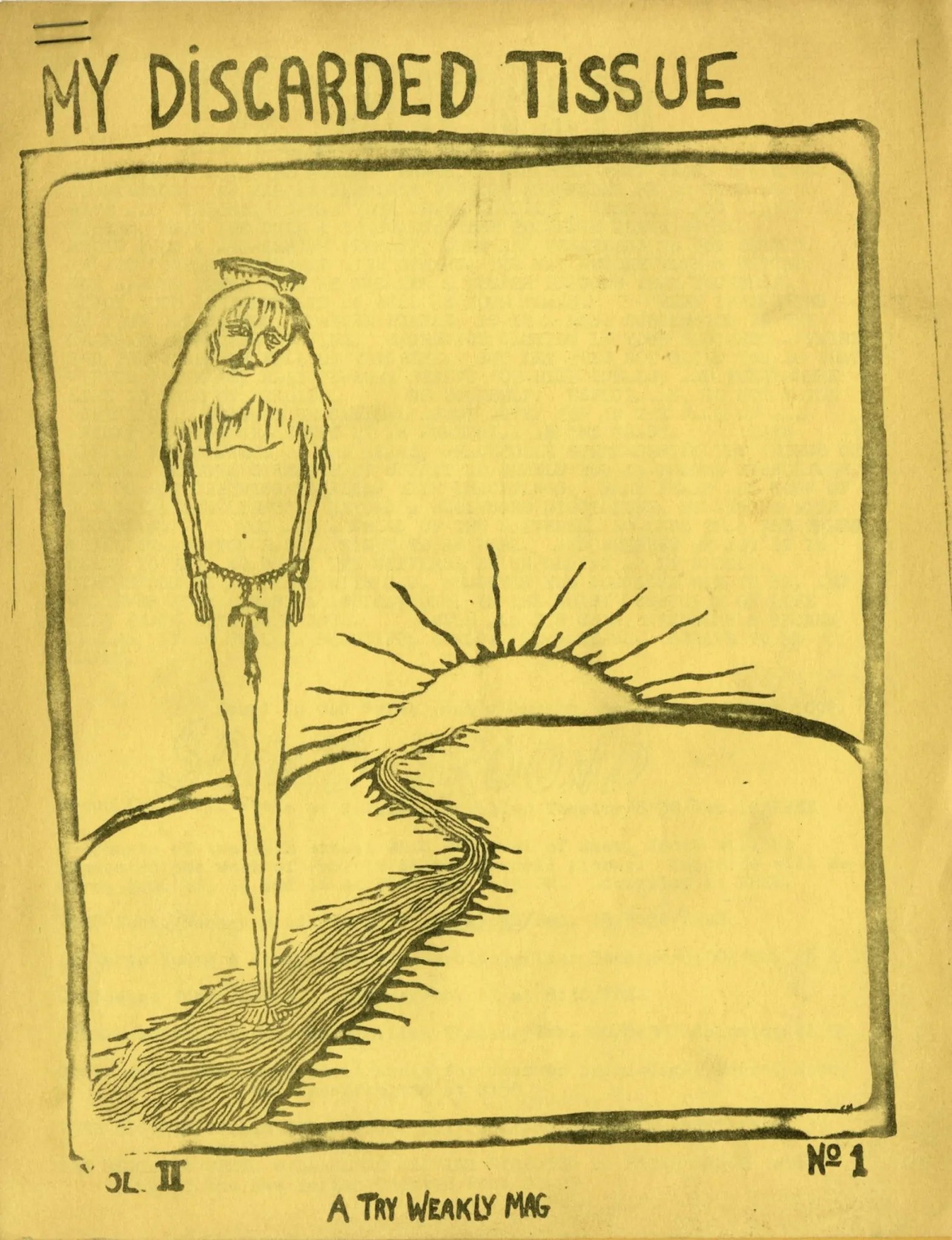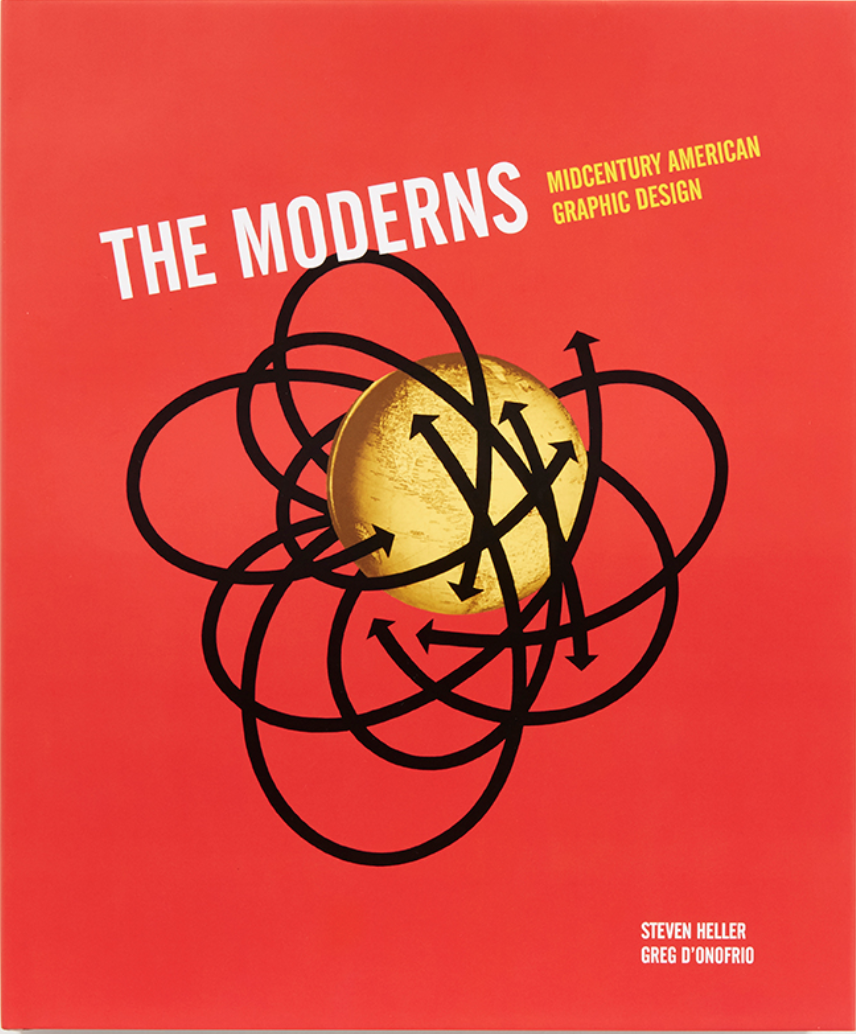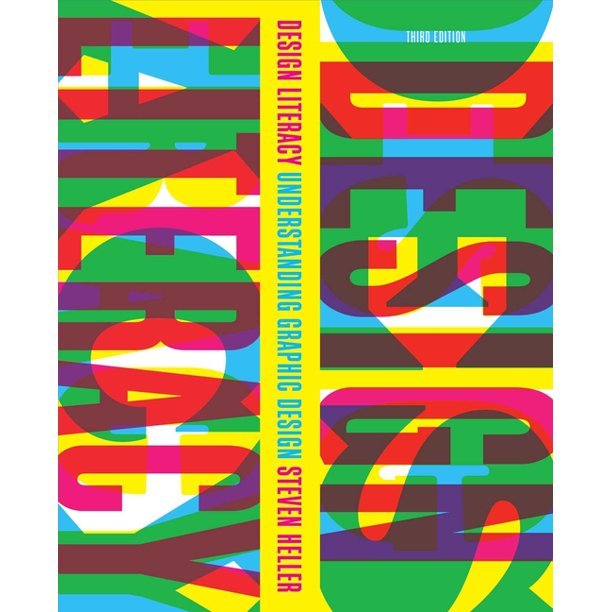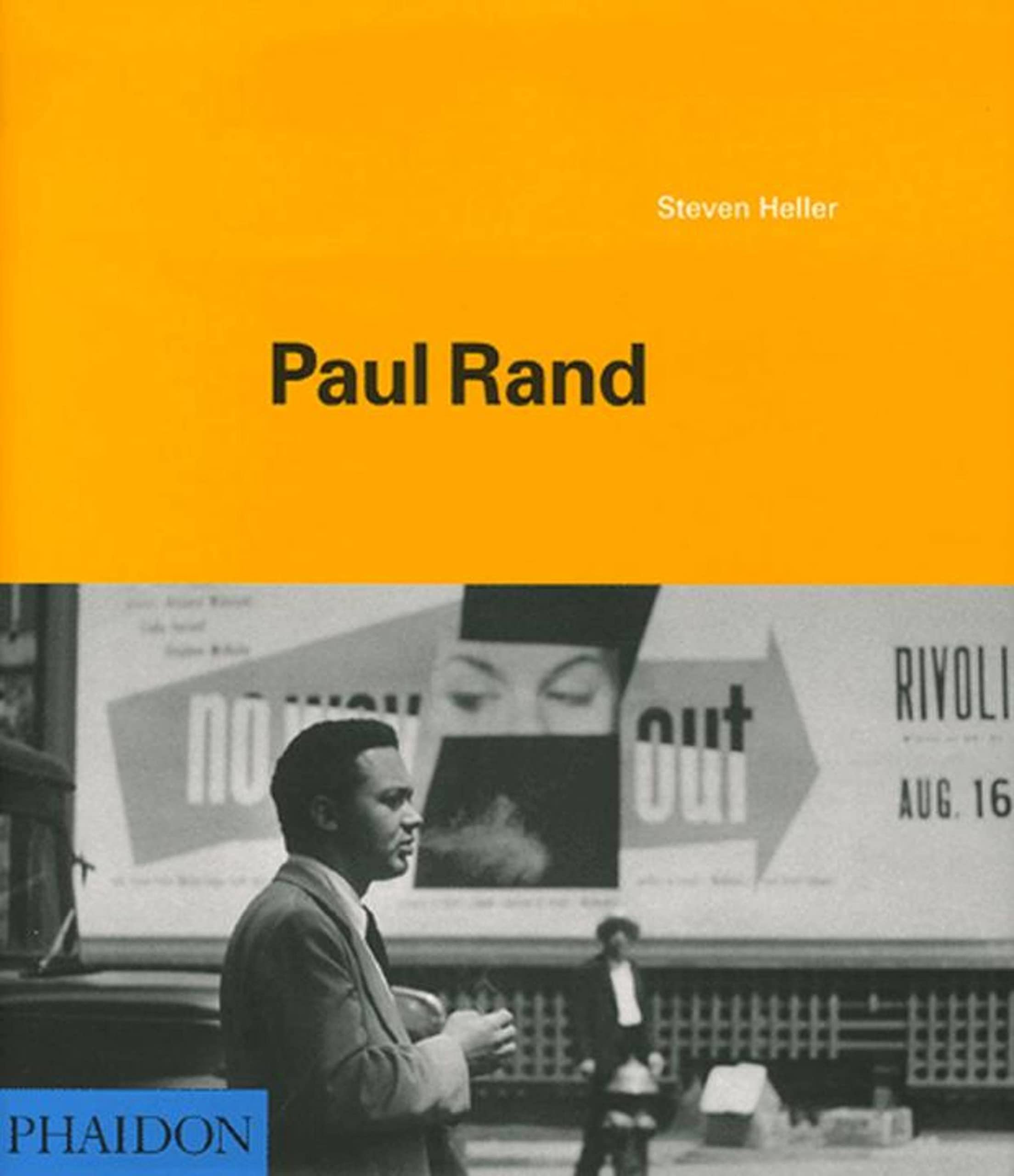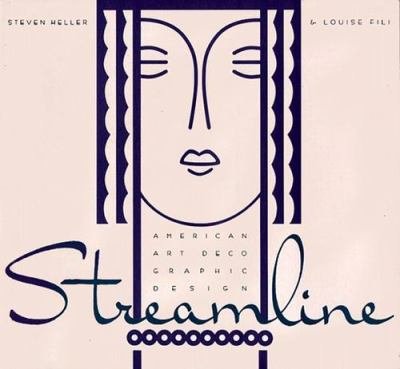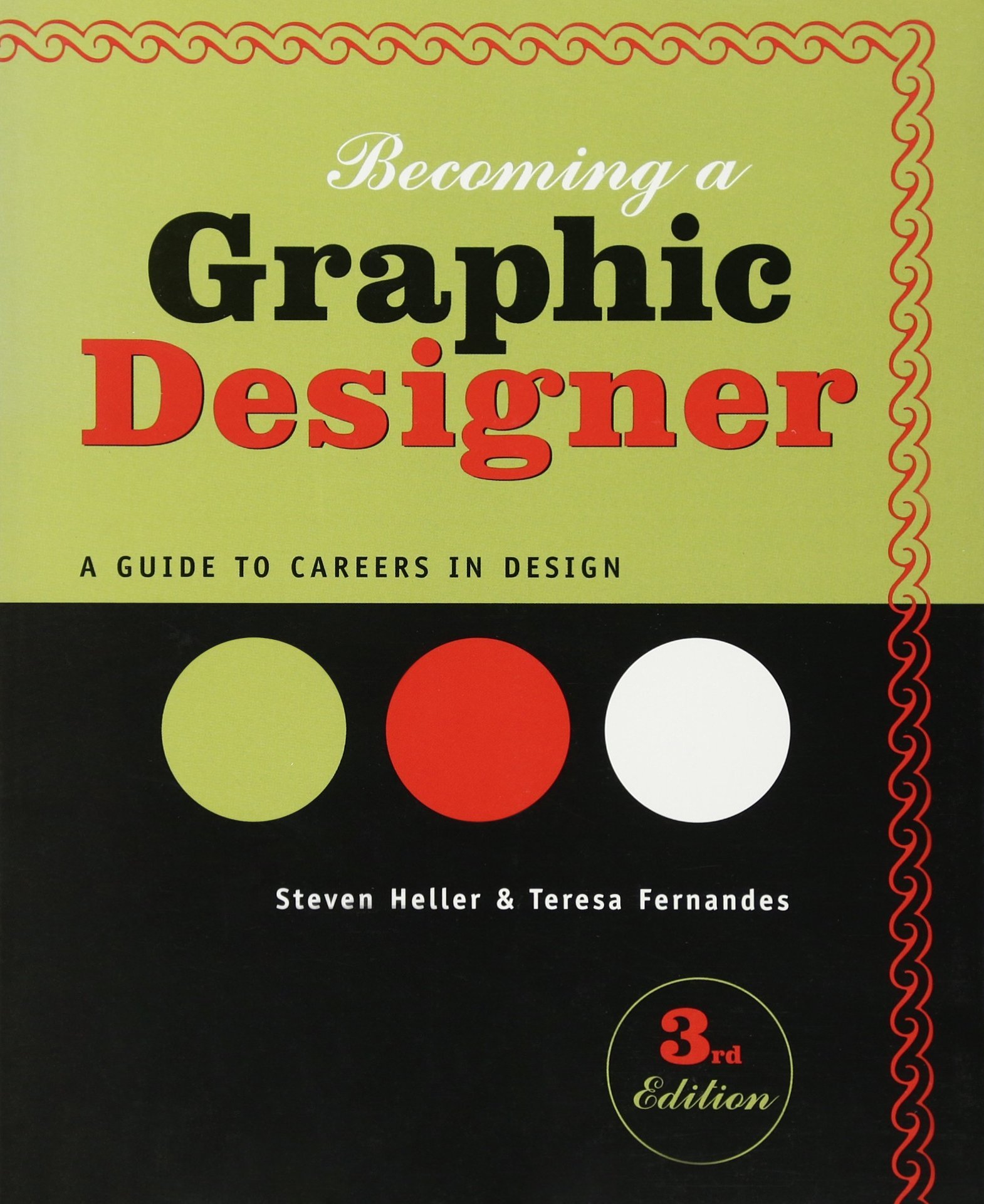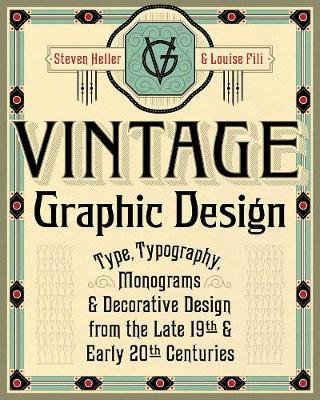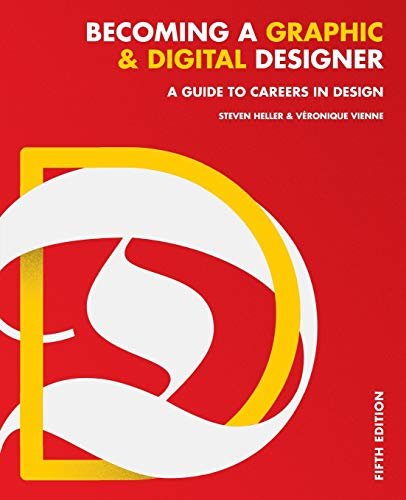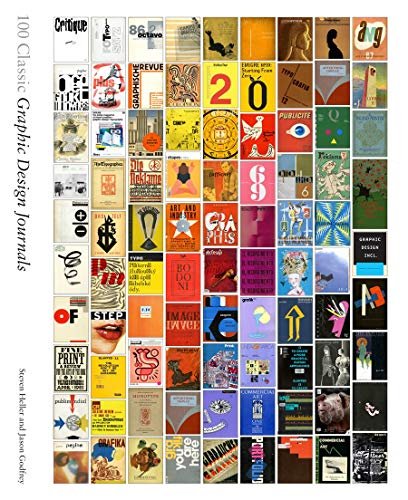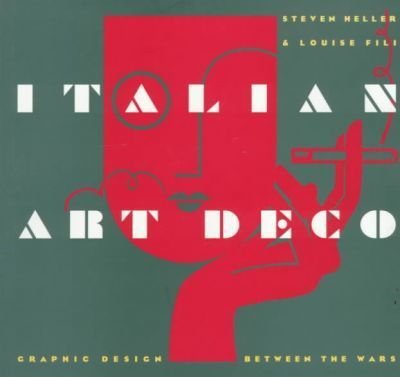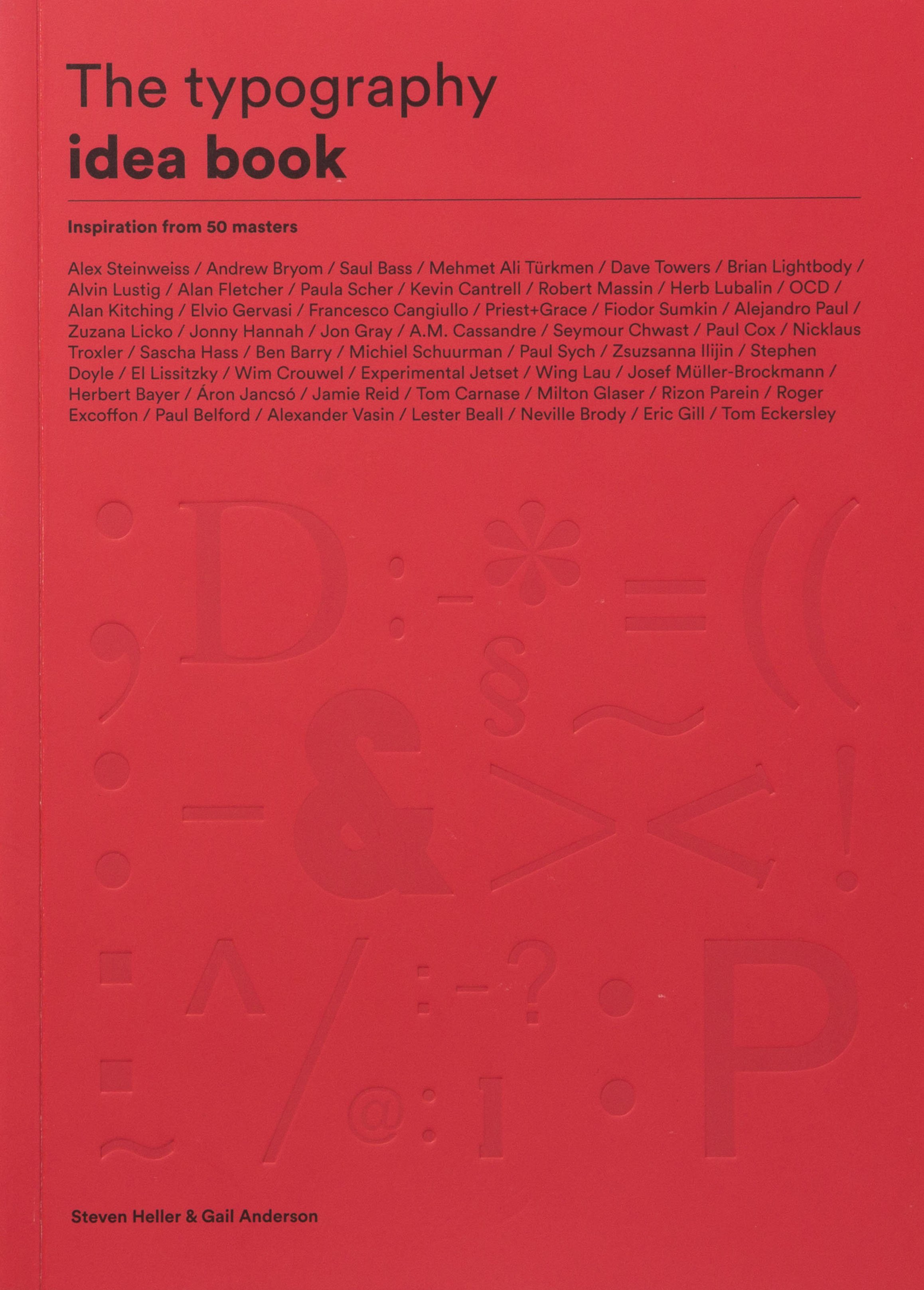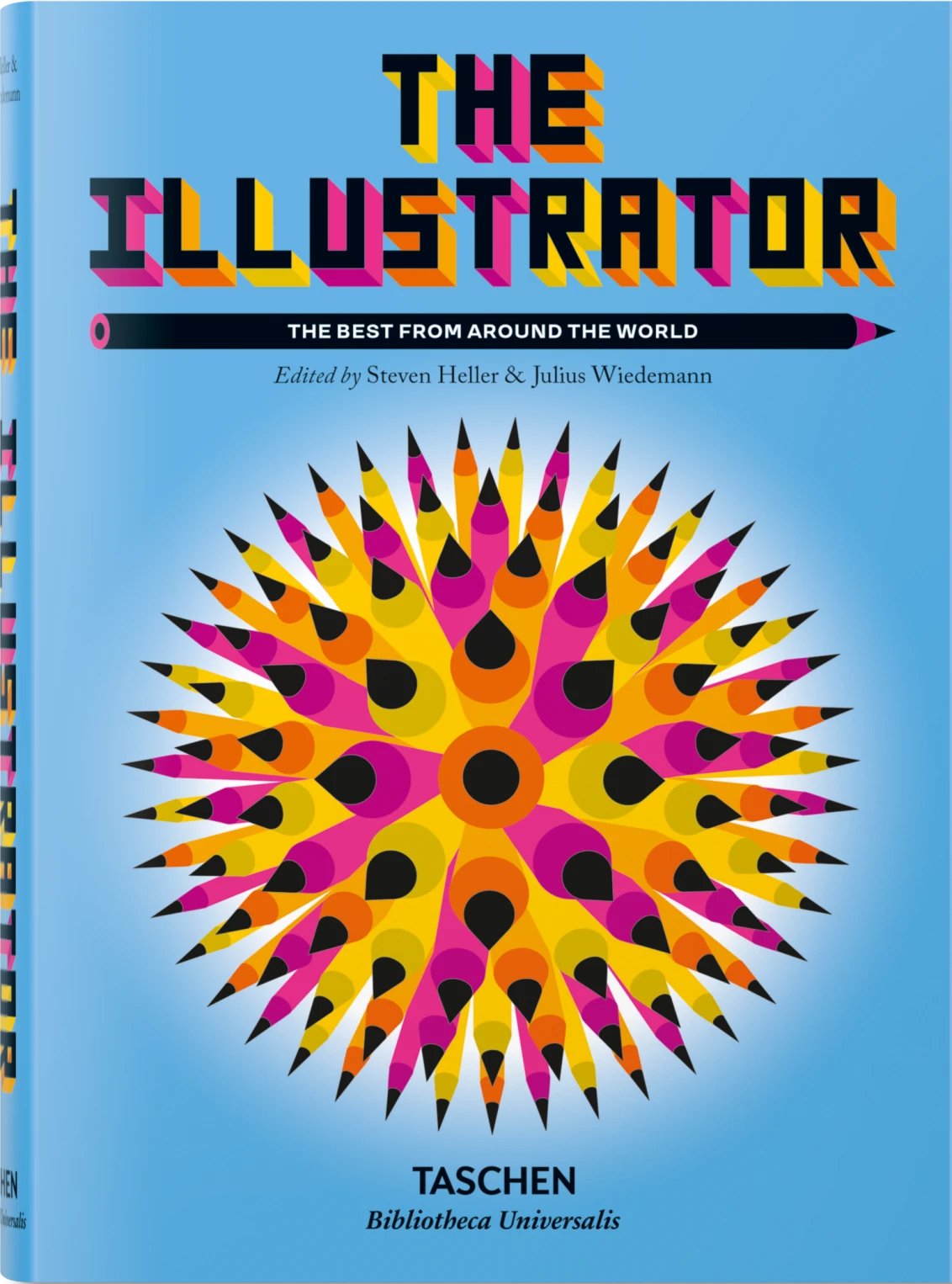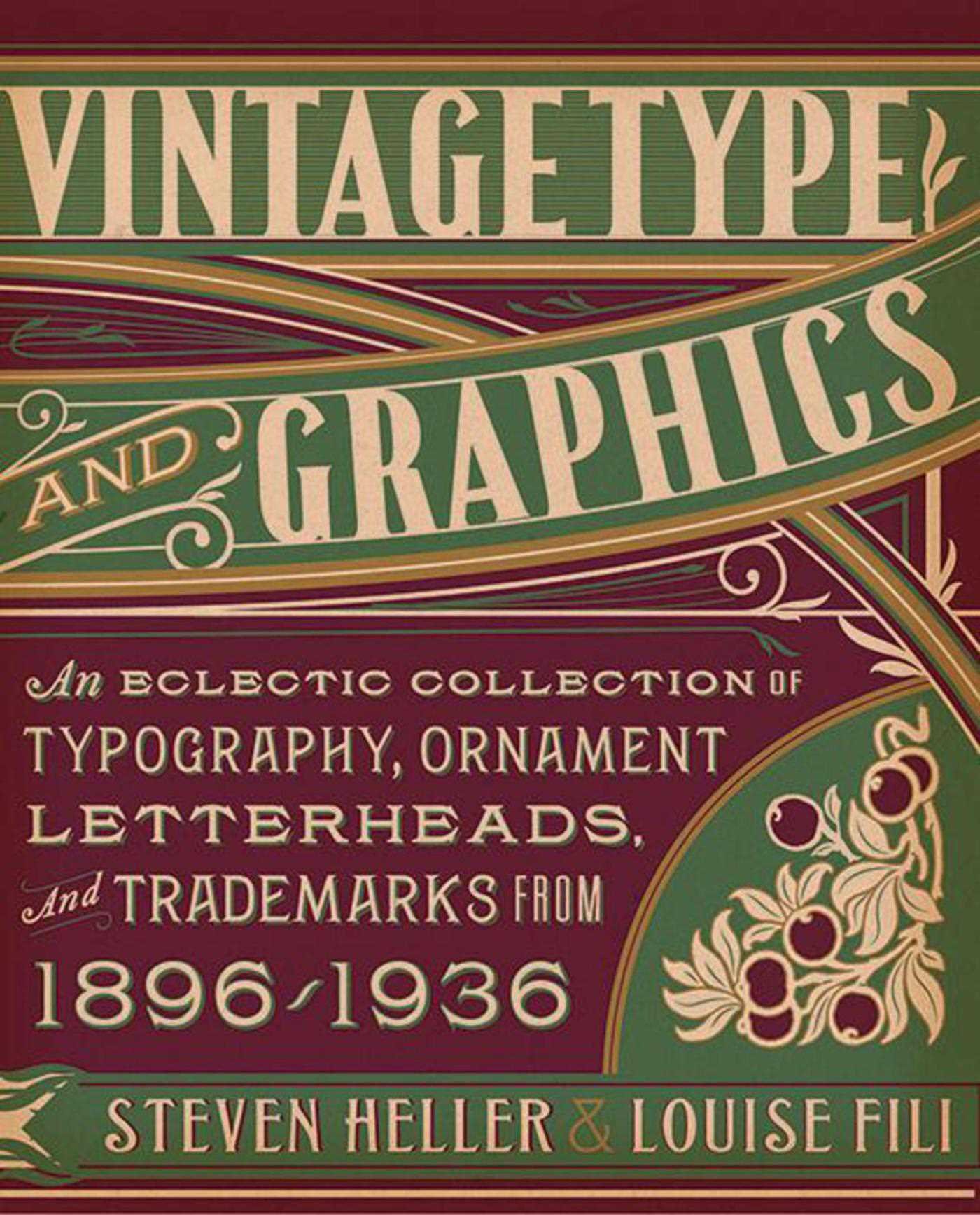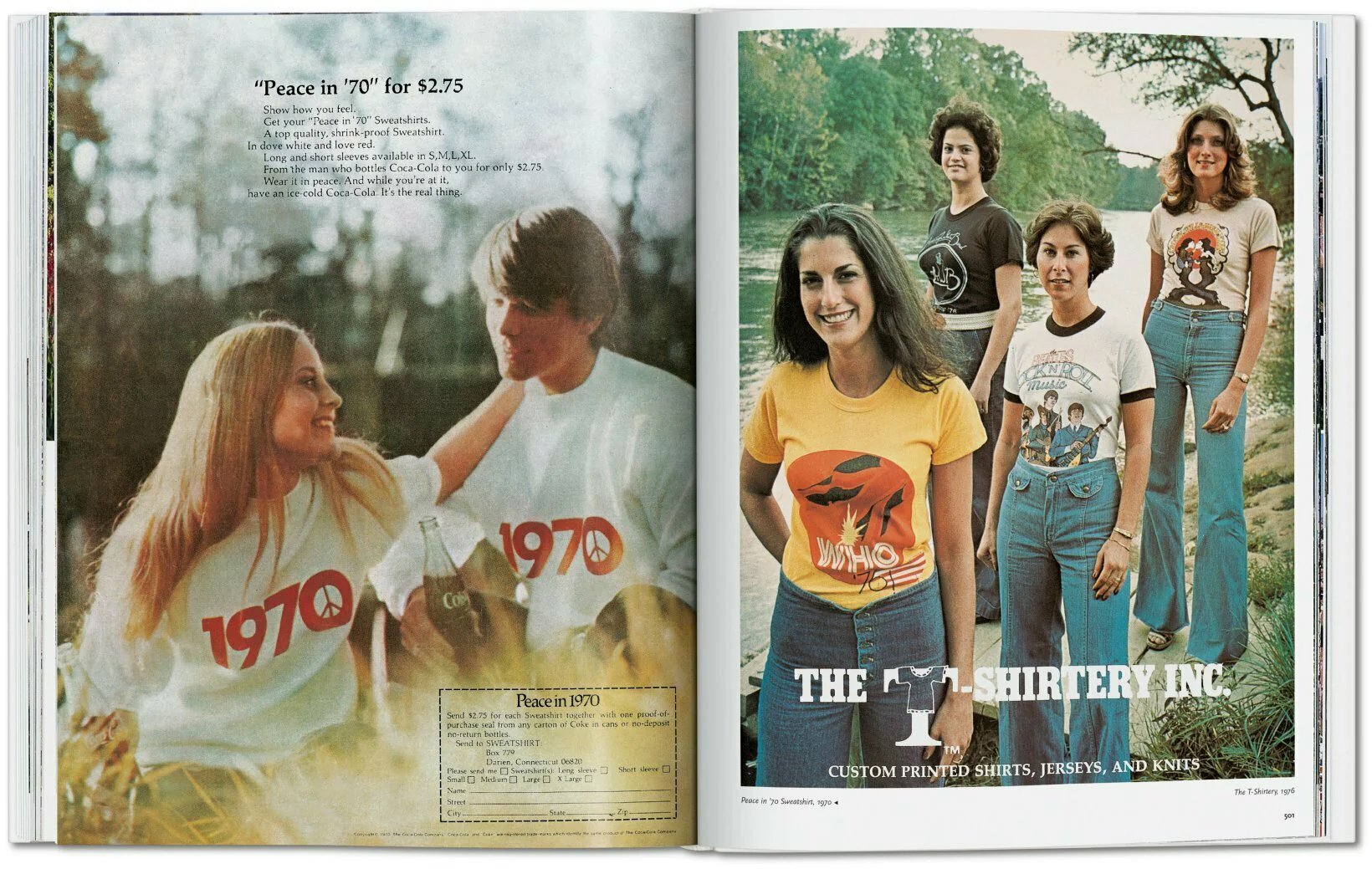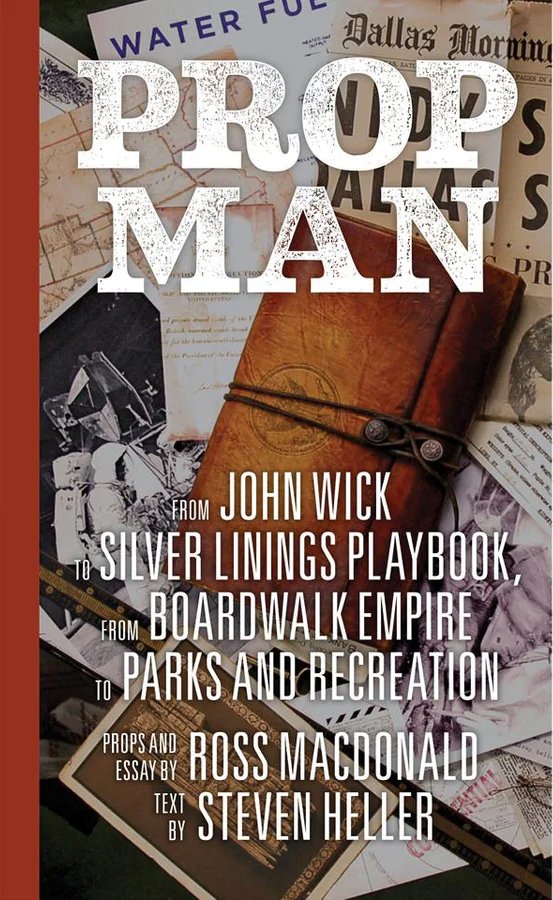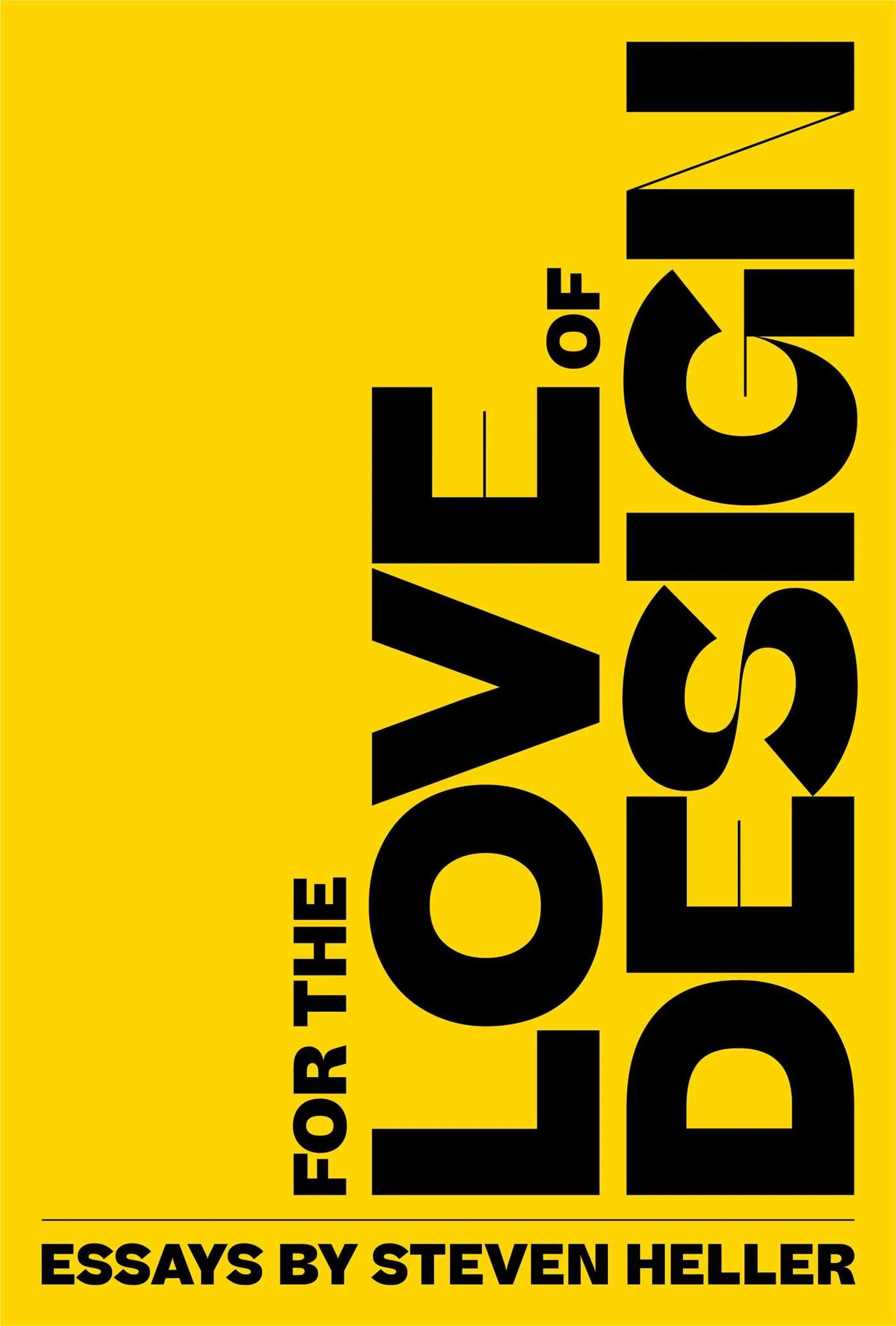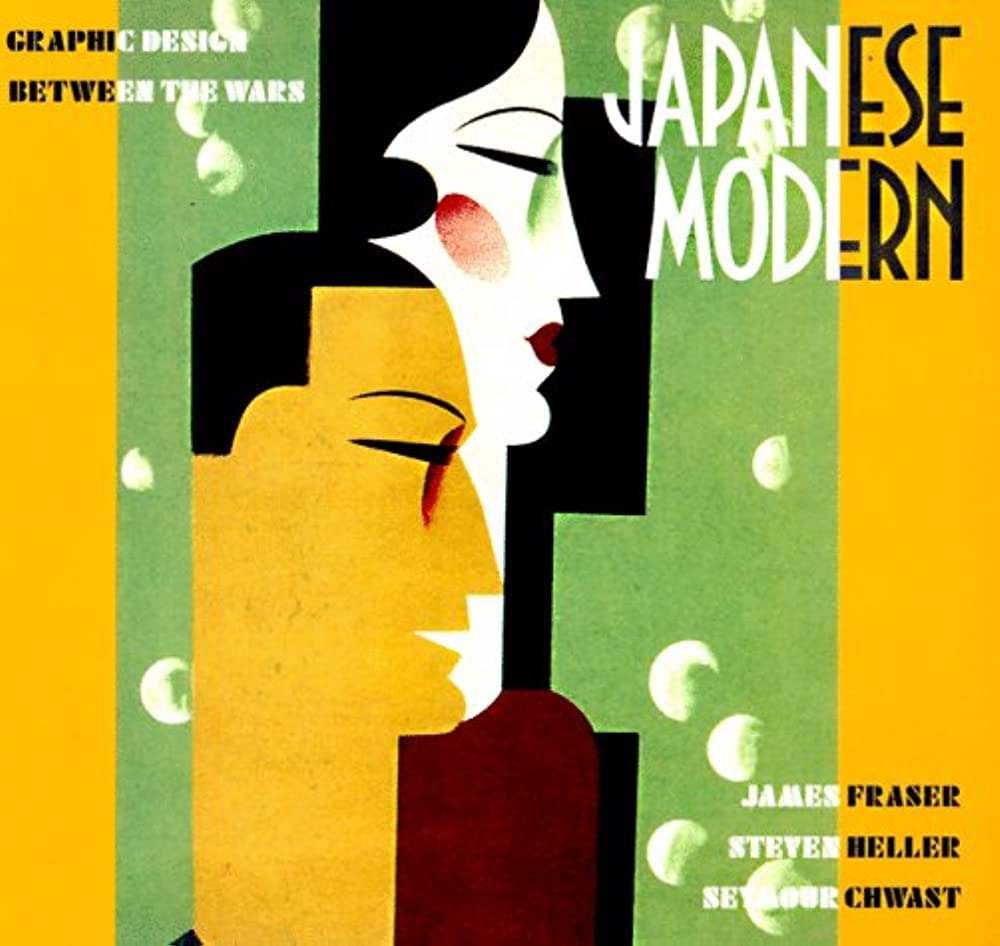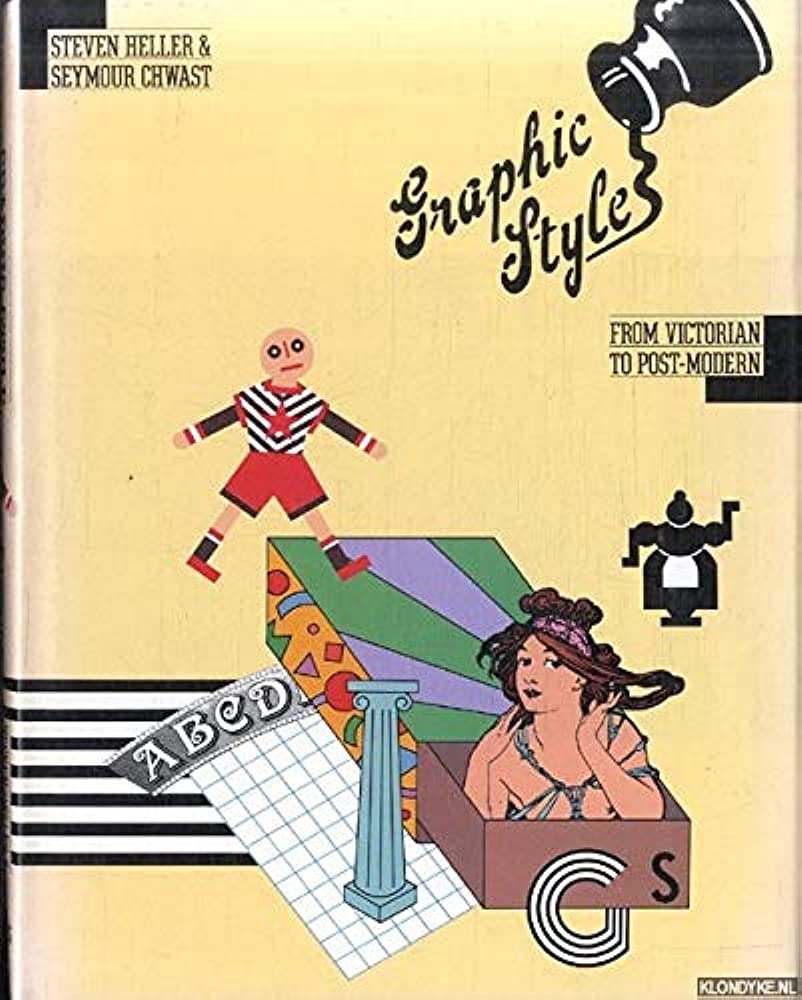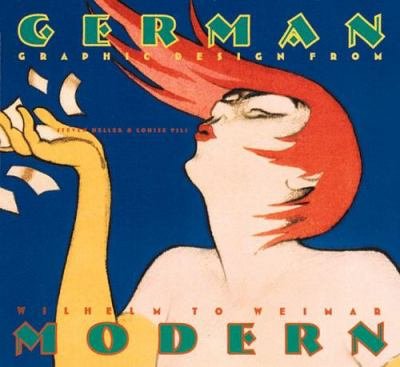Episode 36: Steven Heller
Last year I started a Substack newsletter, also called Sighs and Whispers, which covers many of the same themes as this podcast. You should sign up! I send out one free newsletter a week and one paid—all financial support of the newsletter allows me the time to write the newsletter, make this podcast, and do my Instagram, so please do consider becoming a paid subscriber.
Last fall I sat down for a chat with art director, author, educator and critic Steven Heller in his office at the School of Visual Arts in New York City. I’ve long been interested in his work—an incredibly creative and prolific individual, Steven is the author, co-author or editor of over 200 books on graphic design, illustration and political art—so when I heard that he was publishing a memoir on his teens and early 20s working in the counterculture press, Growing Up Underground: A Memoir of Counterculture New York, I reached out to him. In my academic work, I’ve researched and written about counterculture publications (like Rags) and dress quite extensively, so I was interested in hearing his memories—both the book (available on Bookshop and Amazon) and our conversation did not disappoint.
Steven was born and raised in Manhattan’s Stuyvesant Town, the only child of middle-class Jewish professional parents. His often-complicated relationship with his mother is documented in the memoir; her high-powered career and proto-feminism tempered by her narcissism and controlling behavior. When he was sixteen, he spent the summer of 1967 in Sweden, living with different families there and, for the first time, being exposed to discourse against America’s involvement in Vietnam and to the nascent counterculture. Those months changed his life, leading him to renounce his first name for his middle (“Steve” instead of “Harmon”) and change his “philosophical, political and cultural points of view.” Once back in New York, a traumatic experience at his all-boys school—where they shaved his newly-long hair off against his will – led him to start “obsessively drawing pictures of [his] feelings.” Drawing strange comics of his psyche saved him—as did his father getting him into a more permissive, co-ed school. Attending Walden was, according to Steven, “the best thing that happened to me”; there he found friends and encouragement for his art.
A cover influenced by Aubrey Beardsley for My Discarded Tissue, a photocopied “literary” zine published with Heller and friends from the Walden School, April 1967.
Repeated visits with his portfolio to alternative publications paid off when a week after high school graduation he was hired by The New York Free Press to do paste-ups. Three weeks later, at only seventeen, he became their art director. This led him to become the founding art director of the legendary sex paper Screw—after he quit a few issues in, Steven helped found the New York Review of Sex & Politics (alongside the staff of The Freep) to compete with Screw. The relative success of the NYRS steered the team to close The Freep in the spring of 1969, with the still-teenage Heller now a copublisher of a sex paper. His memoir documents his arrest for pornography that year. The magazine folded (leading Heller to be called “the only publisher in New York that could make a sex paper fail”) and they were exonerated before trial, all before his 20th birthday. He then spent a year working at Rock magazine, before returning to Screw; throughout this period, he also moonlighted at the East Village Other, Evergreen Review and even redesigned Andy Warhol’s Interview in 1971. Once back at Screw, he also designed Al Goldstein’s other projects: Gay, Mobster Times, Smut, Smut from the Past, and Gadget.
At age 24 Heller was poached from Screw by the New York Times to be the art director of the Op-ed page. As the book ends when he joins the New York Times, I also wanted to speak to him about the years after. Steve was an art director at The New York Times for 33 years; 3 years on the Op-ed page, before moving to the Book Review. He became a senior art director in 1980. In the 1980s, through his friendships with Push Pin’s Seymour Chwast and Pantheon Books designer Louise Fili (later famous for creating the visual identity of many major specialty food brands), he became interested in design and started to write books on the subject. Fili and Heller married in the mid-80s; they have gone on to write more than twenty books together, and their son is the Instagram star New York Nico.
“Steven Heller has immortalized our graphic past and made coherence of our present. ”
As I mentioned earlier, since the 1980s Steven has authored, co-authored or edited over 200 books; there are far too many to list here but they cover everything from the swastika to menu design. In 1992, Steven began writing obituaries of design luminaries for the paper, later expanding to writing about visual culture in The Week in Review, Arts & Leisure, and Weekend sections, as well as book reviews on design. Additionally, since the 1980s he has been writing for Print magazine, which he is now a co-owner of. Print’s website houses The Daily Heller, his daily blog about all things design, which he has been writing for over ten years.
Gay, cover, January 1974. Art director and designer: Steven Heller/World Domination Art Studio. Photographer unknown.
While working as an art director at the Free Press, Heller studied first at NYU and then transferred to SVA before dropping out. A year after leaving SVA, he was asked to return to teach a class on newspaper design. In 1984 he returned to help start the masters of illustration program, teaching the history of illustration for fourteen years. Steven is the co-founder and co-chair of the MFA Design Department and co-founder of the MFA Design Criticism, MPS Branding, MFA Interaction Design, and MFA Products of Design programs at SVA. Heller is also the recipient of the Smithsonian Institution National Design Award for "Design Mind," the AIGA Medal for Lifetime Achievement and other honors.
For most of his career, Steven has woken up at 3 am and started working—arriving at the NYT by 5 to write before a full day of work. Since his diagnosis with Parkinson’s in 2007, he has slowed down somewhat—waking a few hours later, yet still accomplishing far more than anyone else I know. With a new book on Milton Glaser released last month and an exhibition he co-curated that opened at PosterHouse last week, Heller seemingly isn’t slowing down anytime soon.
In our conversation on the podcast, we chat about all of the above and much more. Growing Up Underground: A Memoir of Counterculture New York is lushly illustrated with covers, layouts and photos—as much a visual joy as a literary one, it is definitely worth a read.
Listen and subscribe to the podcast on Apple Podcasts

